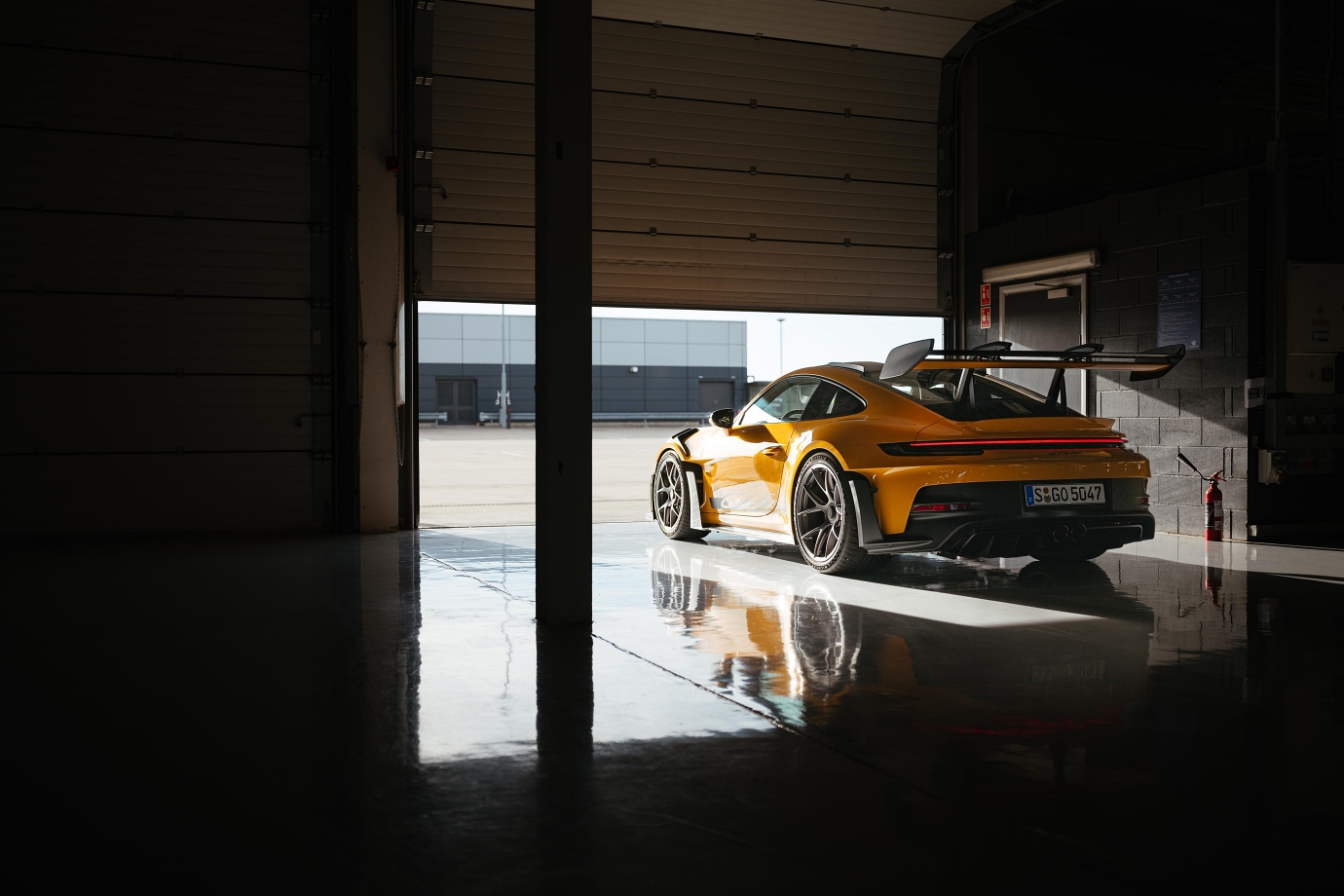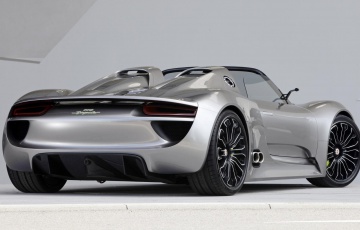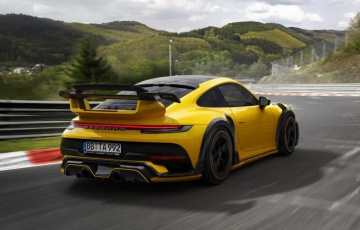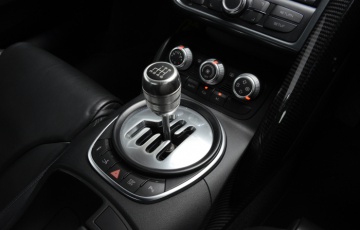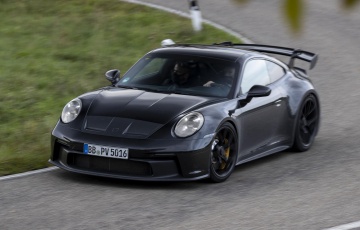Porsche 911 GT3 RS First Drive Review : The Force Awakens
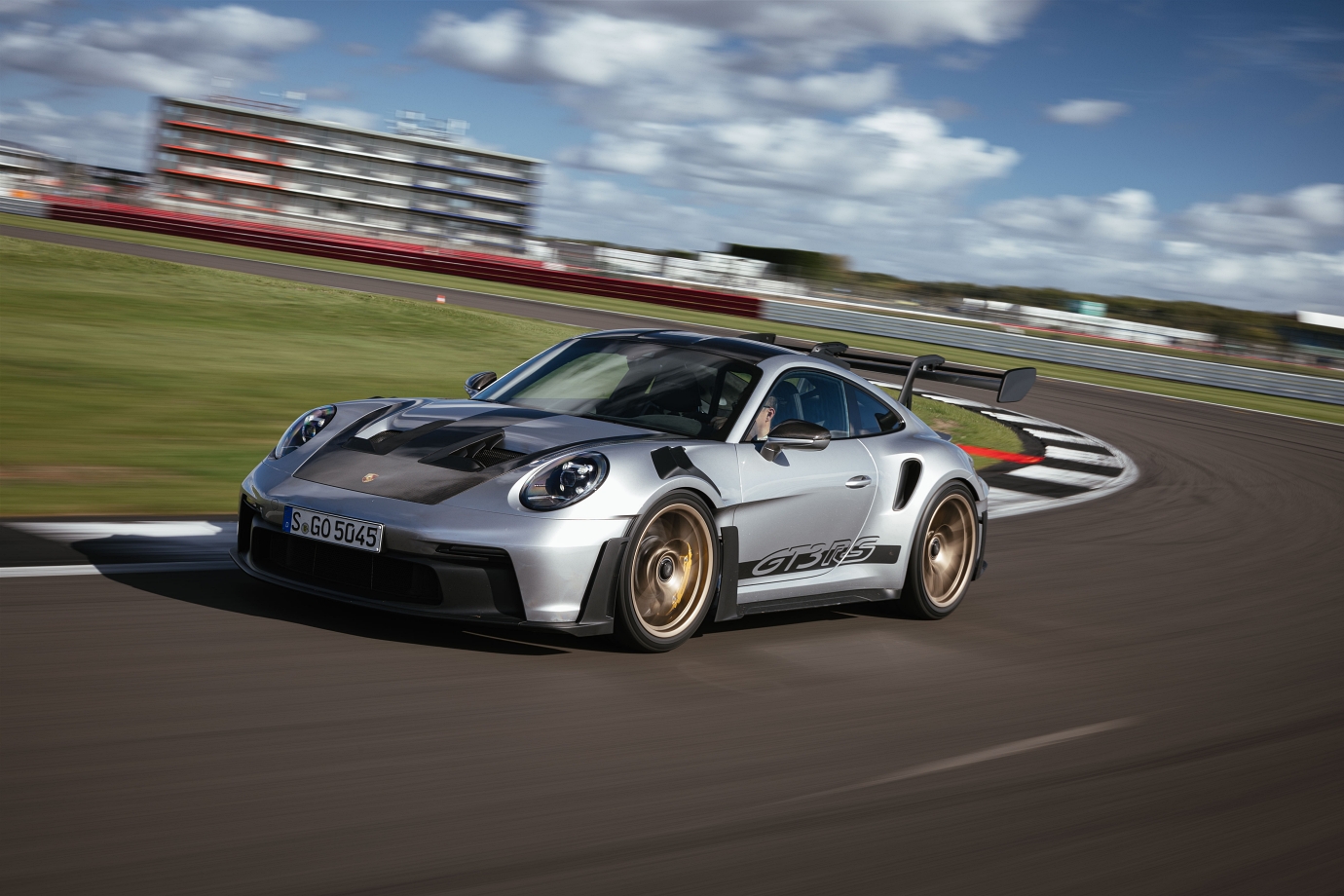
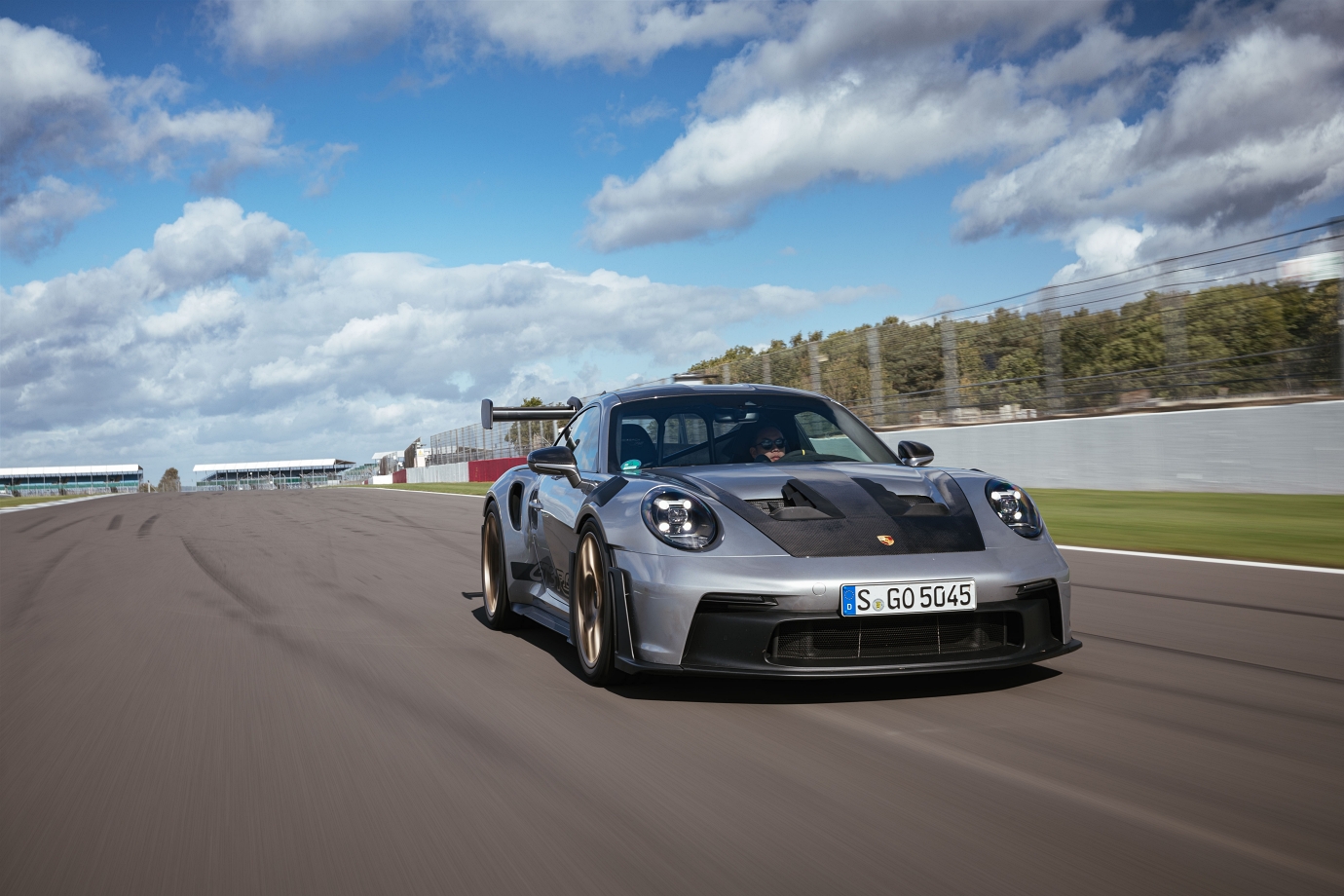
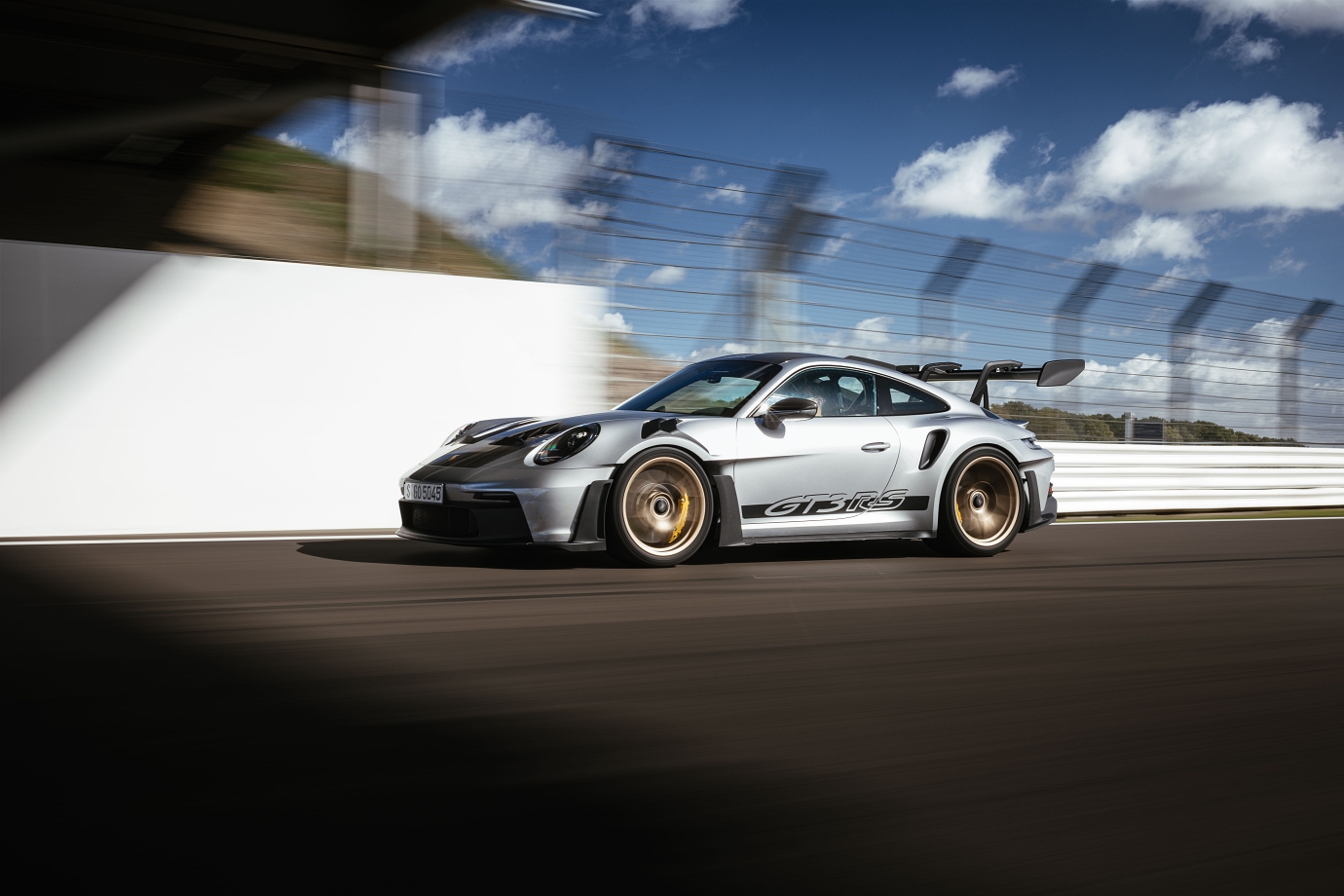
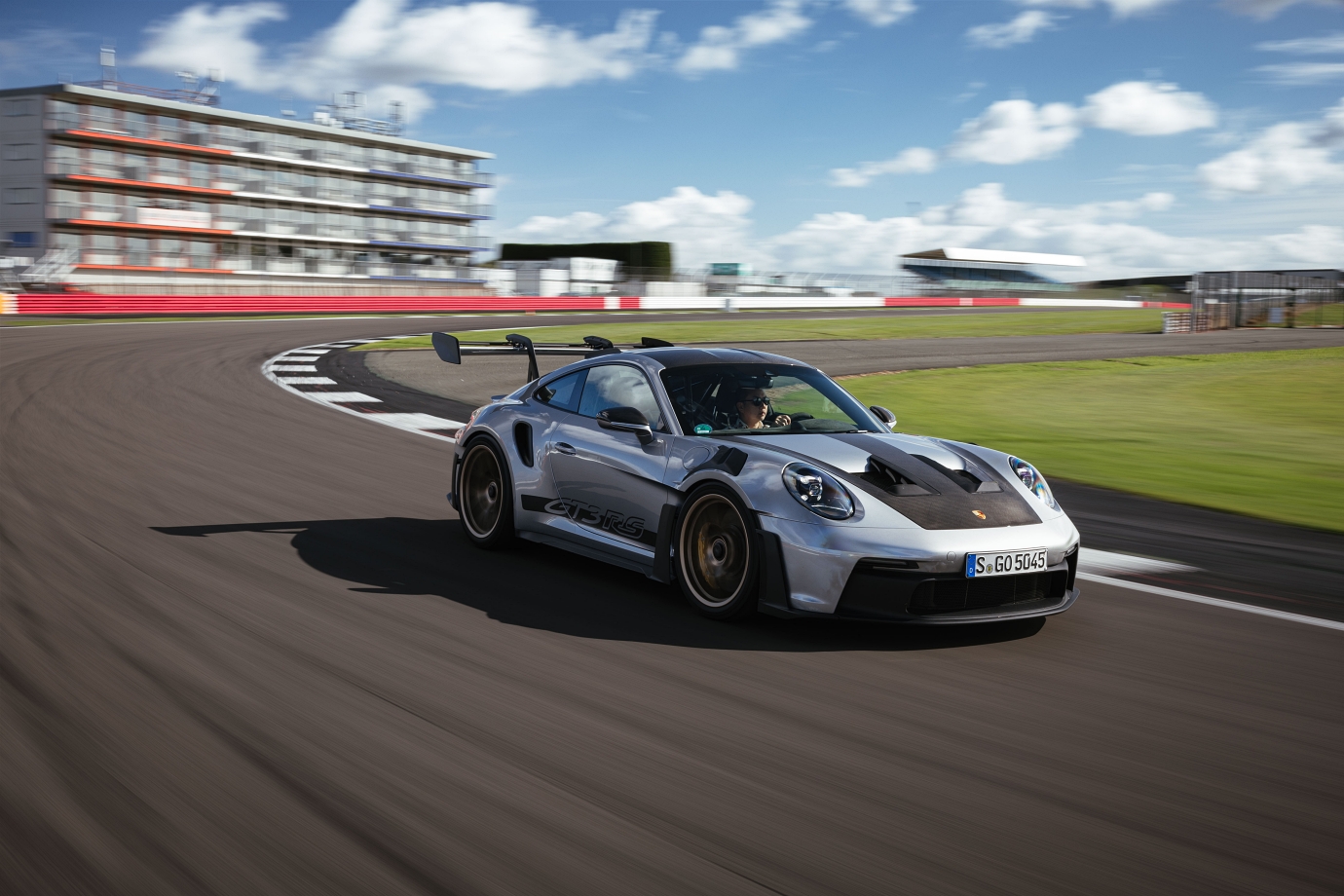
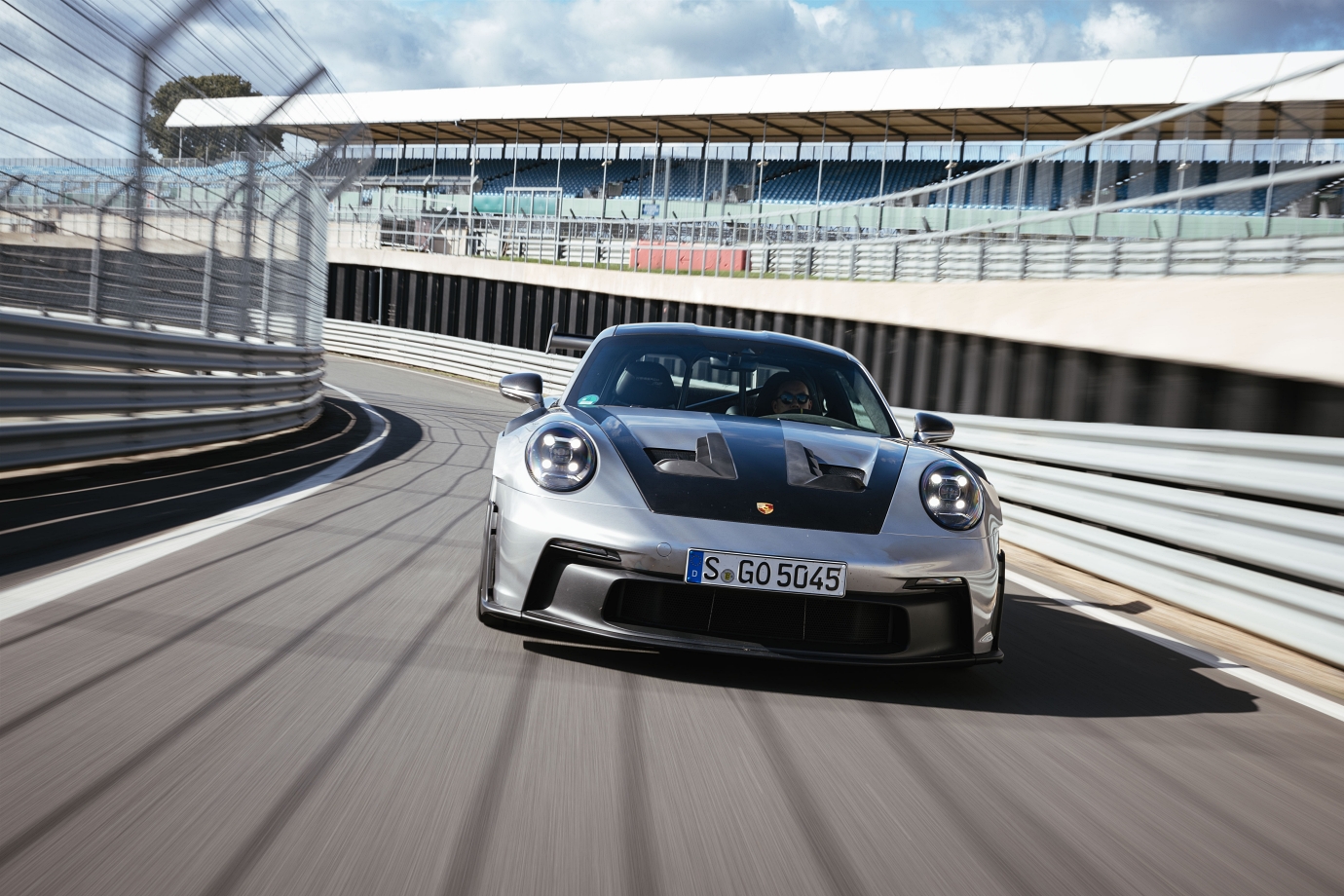
Porsche 992 911 GT3 RS First Drive Review : The Force Awakens
Silverstone, UK - When the invite from Porsche came some months back, we were told, “You’ll probably miss the Singapore Grand Prix… but it’s for the launch of the 911 GT3 RS.” Naturally, there’s only one answer to an invitation like that.
If you’re wondering how we replied, maybe you’re not as big a petrolhead as you think you are!
After all, the next best thing to watching 20 cars tear around a F1 race-track… is actually tearing around a F1 race-track yourself!
And that’s how we found ourselves at the home of the British Grand Prix, the Silverstone Circuit, some 11000km away from the 2022 Singapore F1 Grand Prix with Porsche’s latest, meanest track-ready machine, the (Type 992) 911 GT3 RS.
2022 is the 50th Anniversary of the ‘RS’, with a lineage that can be traced back to the Carrera RS 2.7 in 1972 (yes, yes, we know production started in 1973) all the way through to the 964 Carrera RS and then to the last of the air-cooled 911s, the 993 Carrera RS.
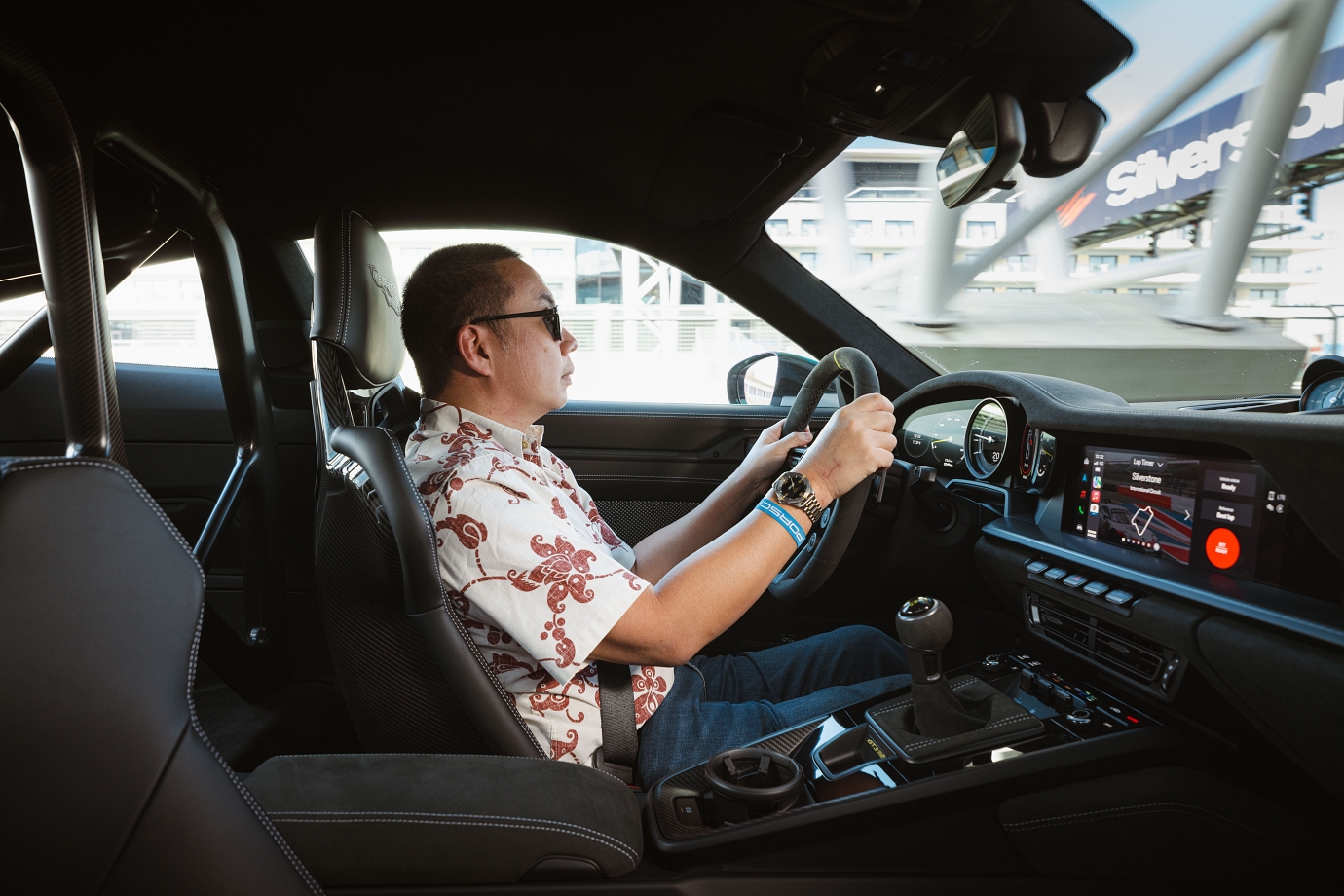
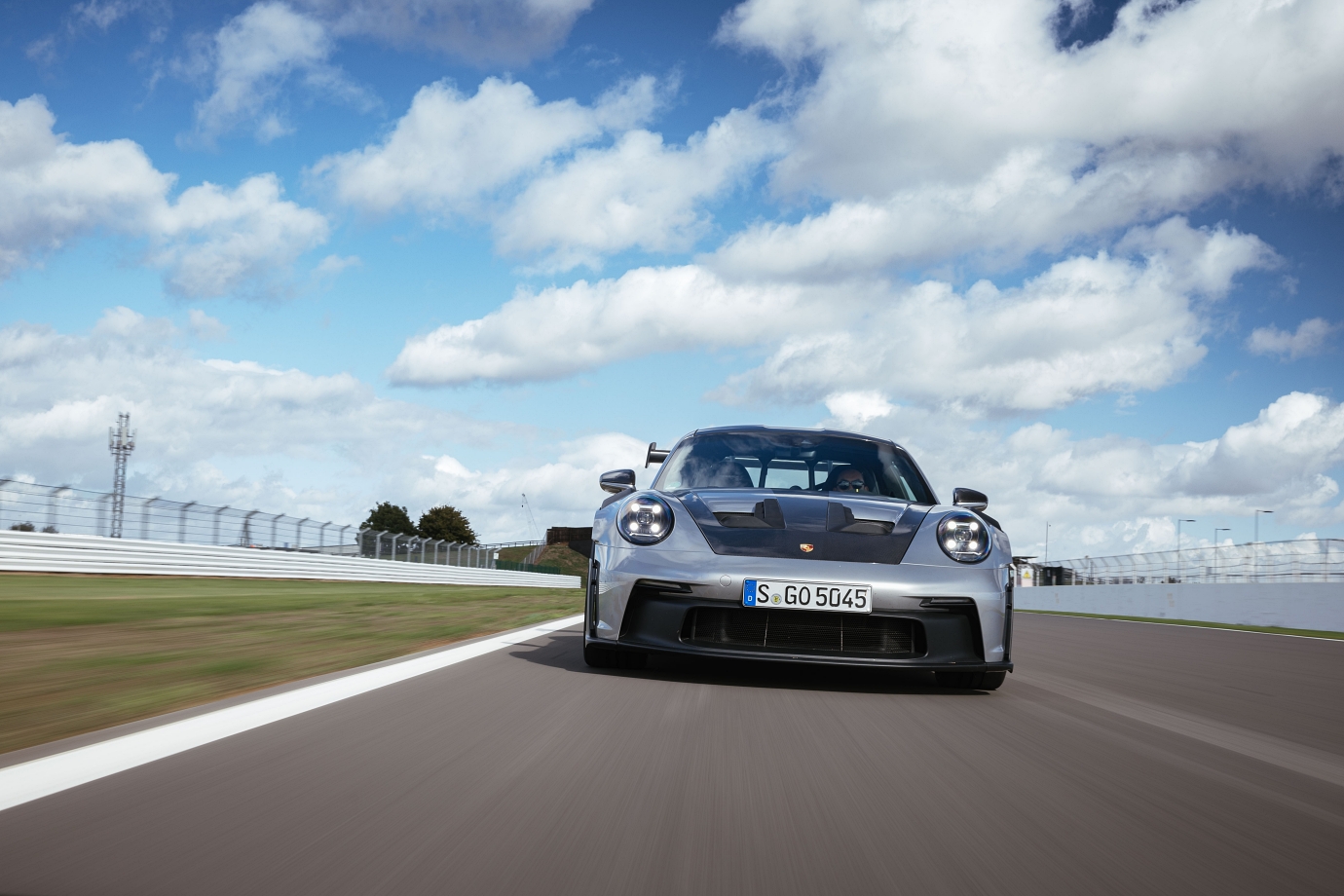
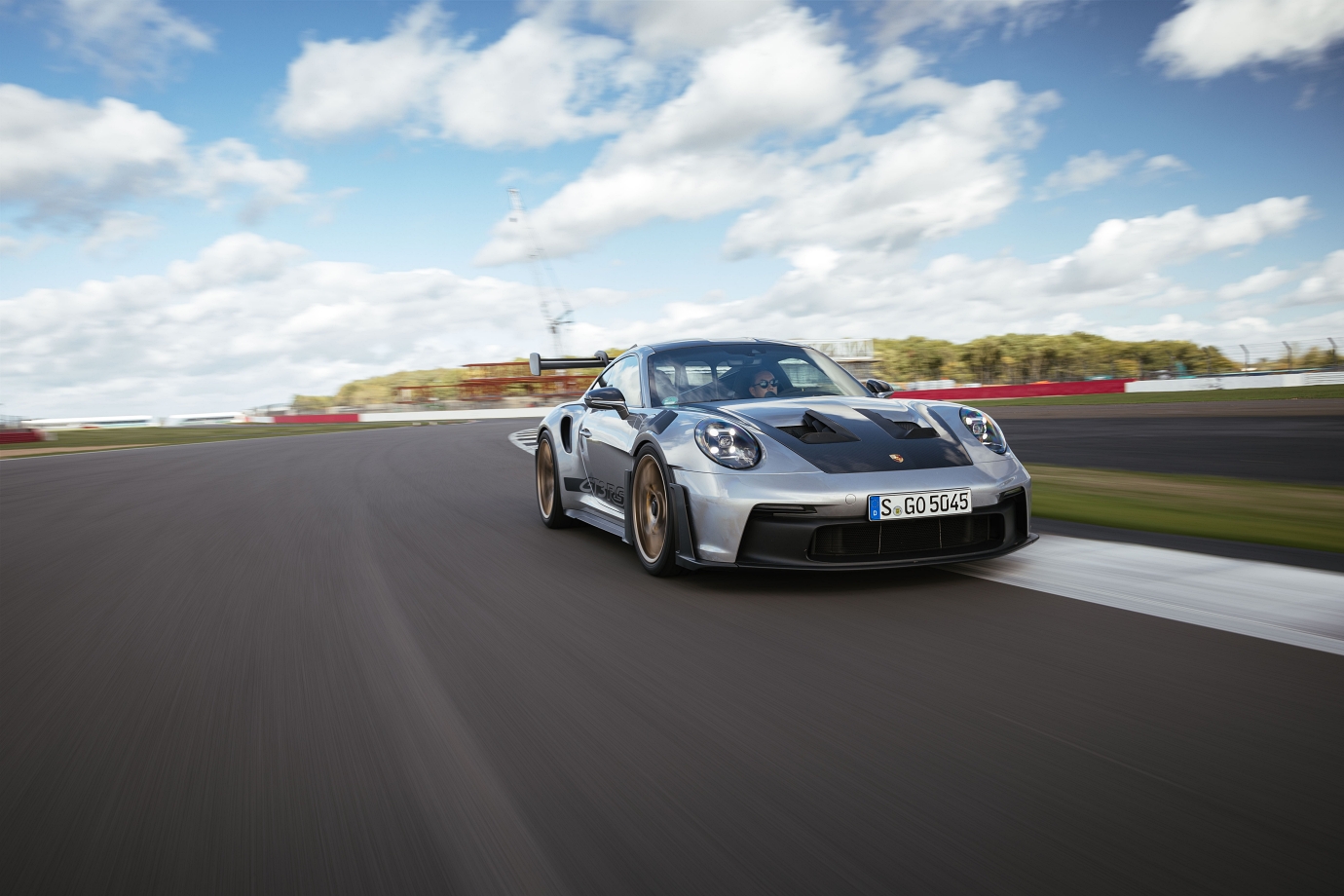
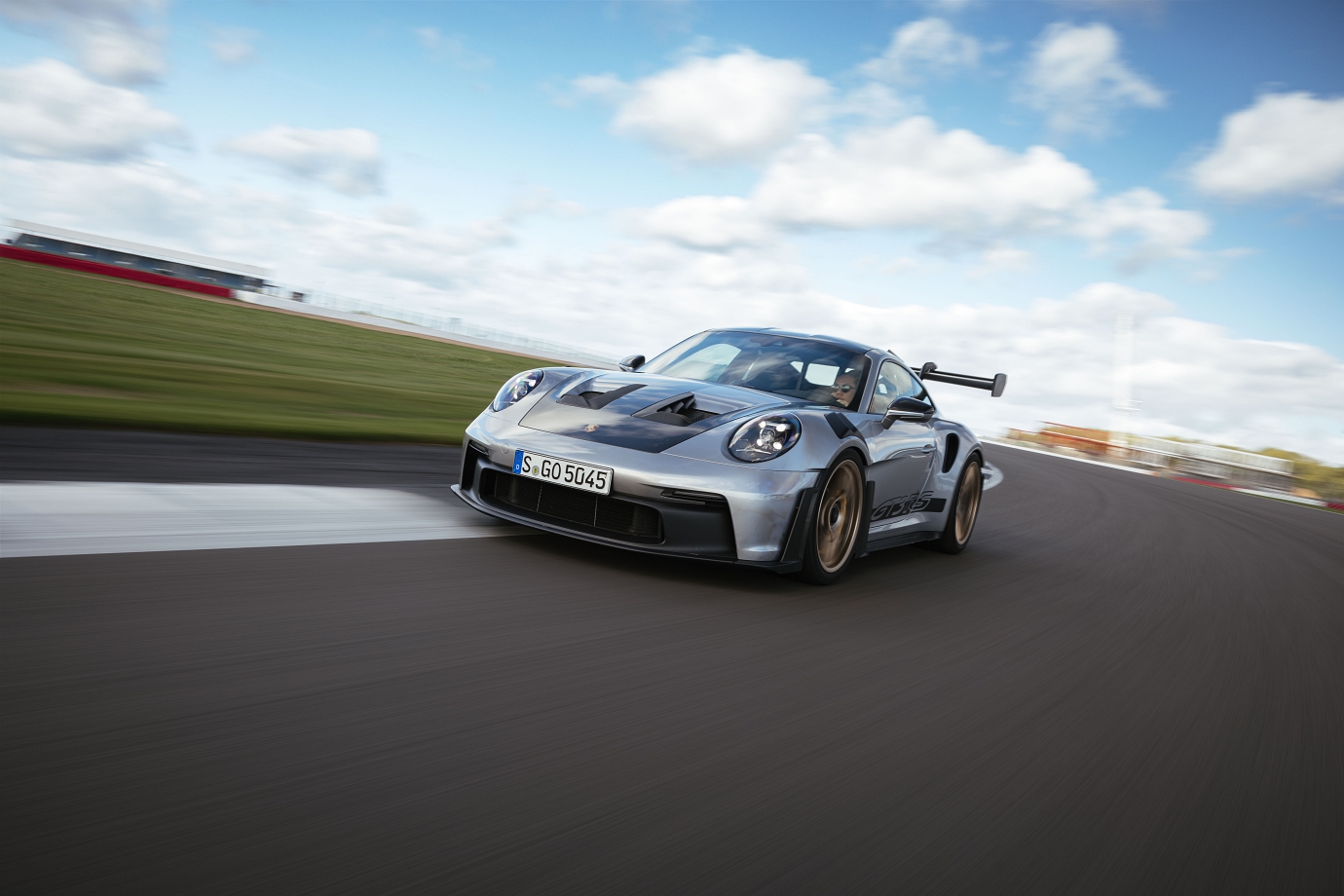
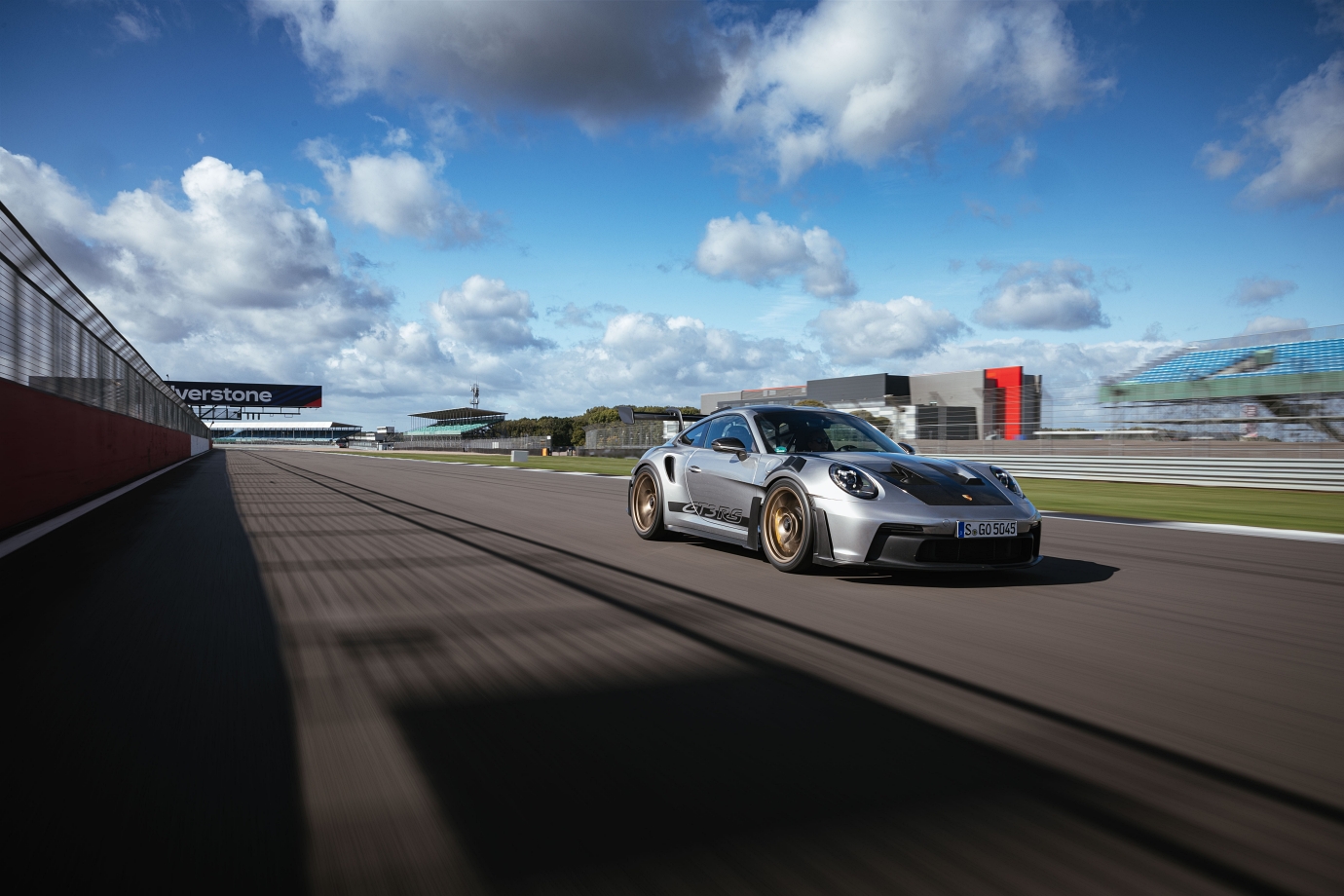
However, it wasn’t until the 996.2 in 2003 that we entered the ‘modern’ era of the familiar ‘911 GT3 RS’ moniker, a model name that has carried on to this very day with this latest 992.1.
Porsche’s RS models attract the adulation of a die-hard group of enthusiasts, but the overwhelming demand vis-a-vis a relatively low supply means they’re as hard to secure an allocation for as the most popular Patek Philippe or Rolex sports models.
It’s no longer just enough to have the ready million-plus in hand, because I’m pretty sure the same things used to qualify securing an allocation for a coveted watch are also used to qualify RS buyers: purchase history, buyer profile and so on.
You’d think that simply having the money to pay for the car is enough, but not so any more!
Such ‘It’ models have become hard assets and a flipper’s dream to realise huge premiums over sticker price, especially with a long line of eager buyers with cash-in-hand.
As you can imagine, many manufacturers, Porsche included, take great pains to ensure such special cars end up in the hands of the folks who do appreciate them.
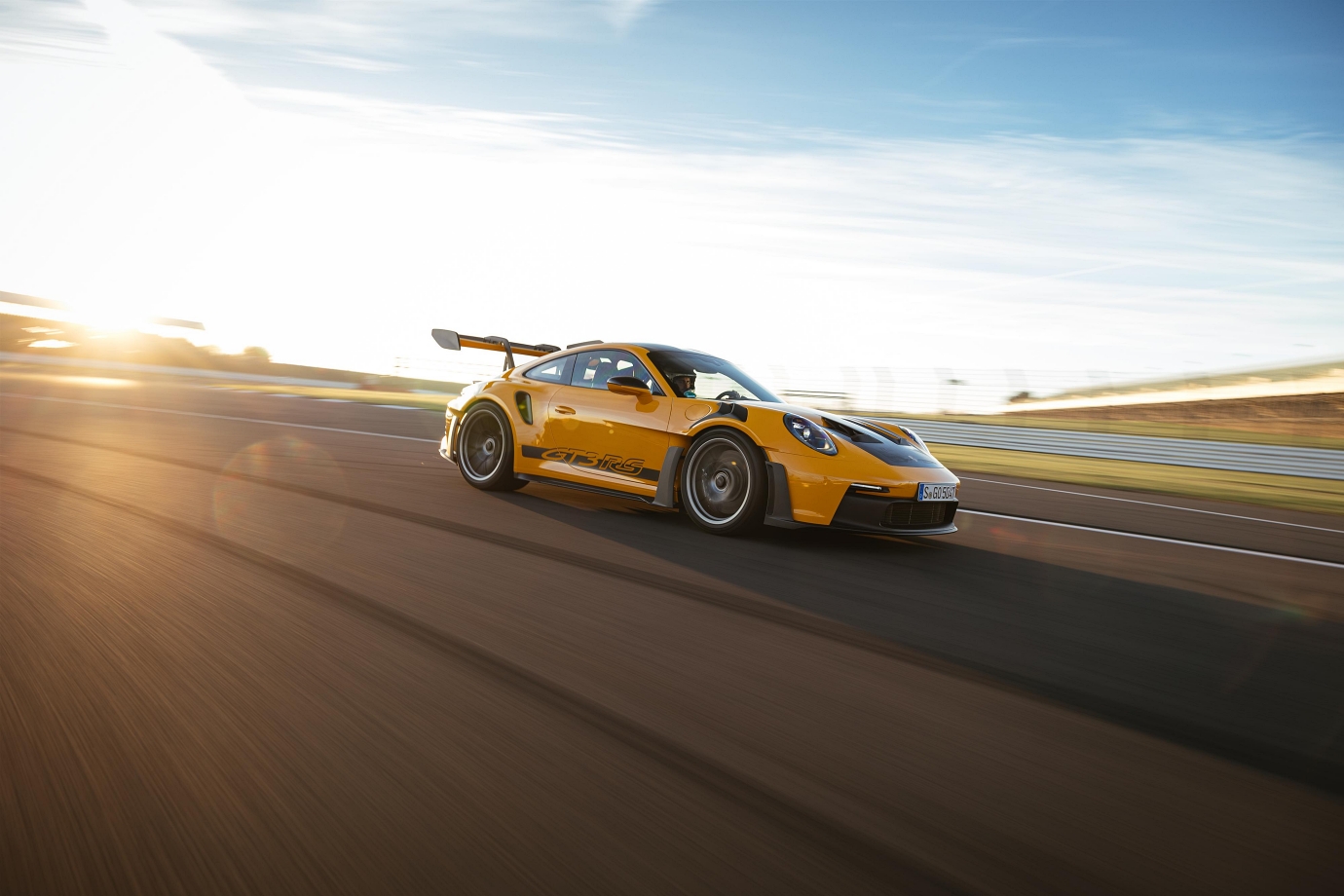
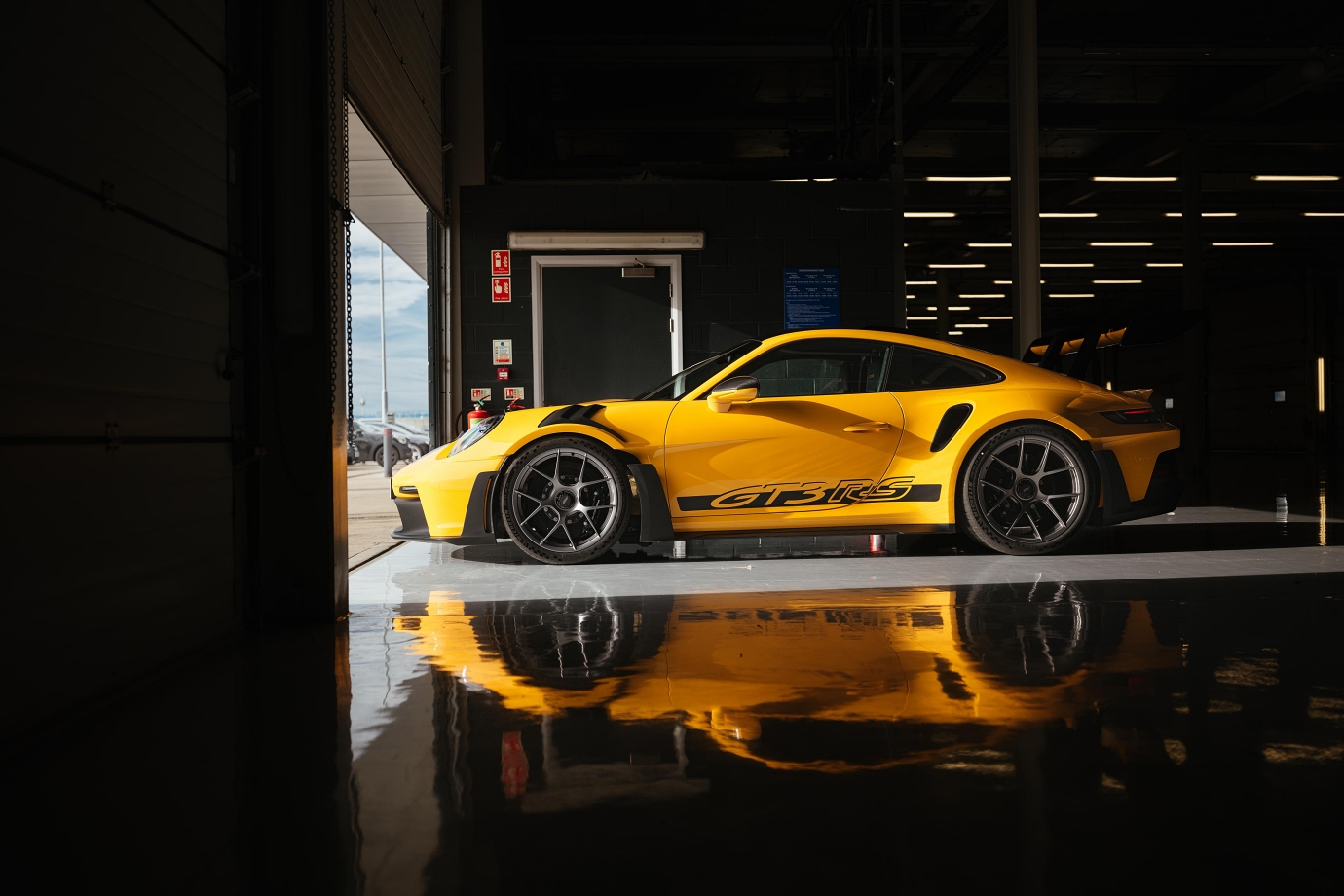
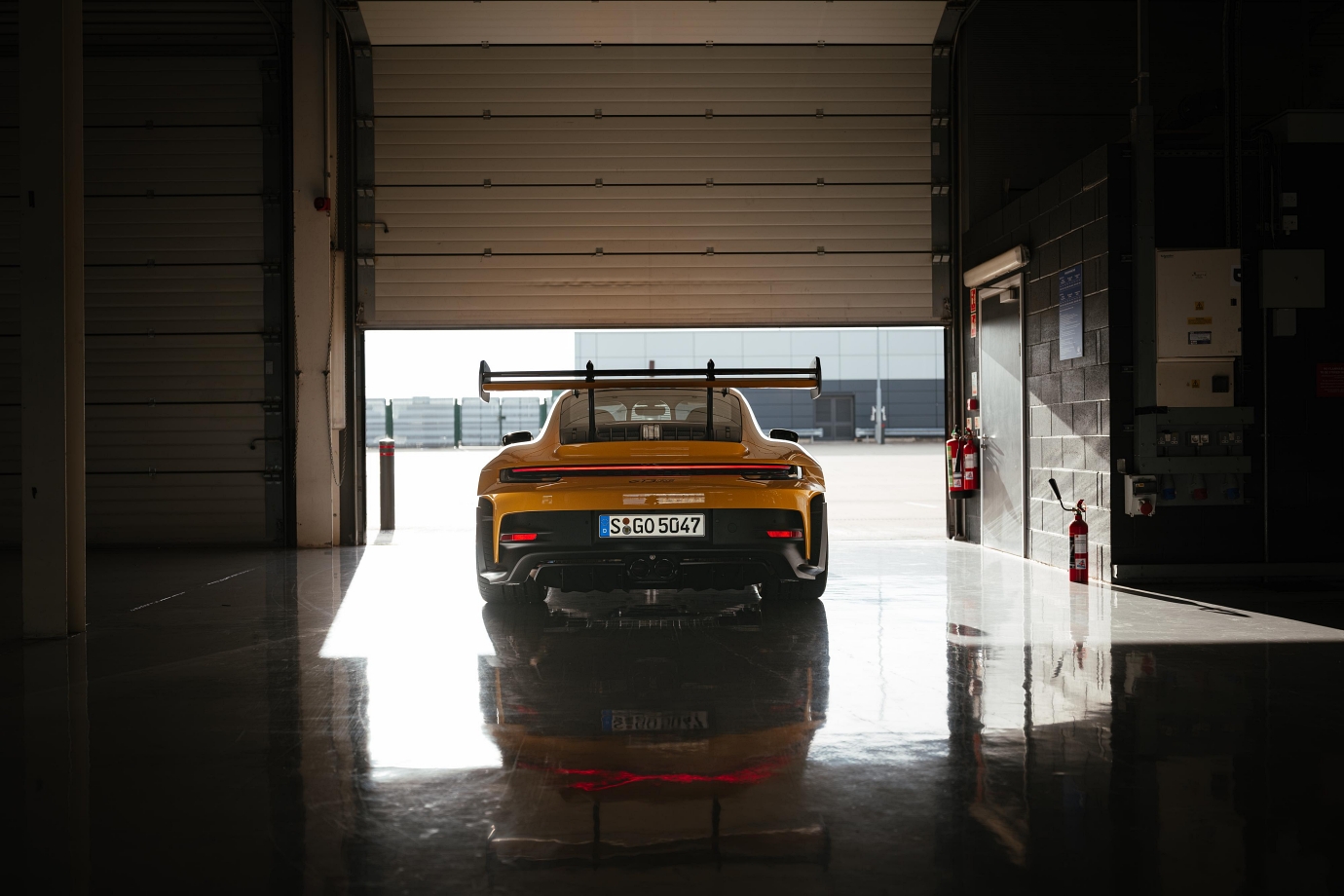
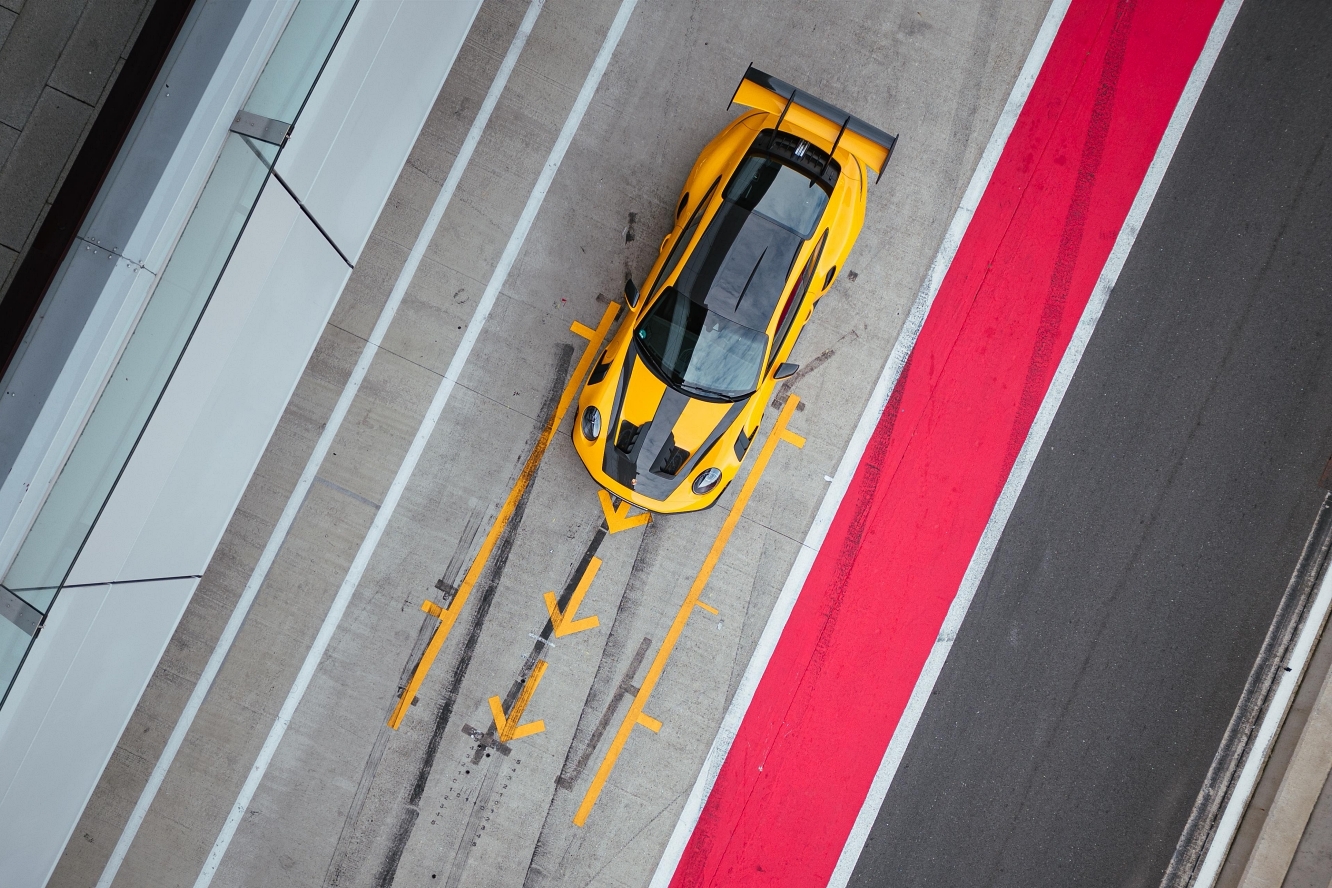
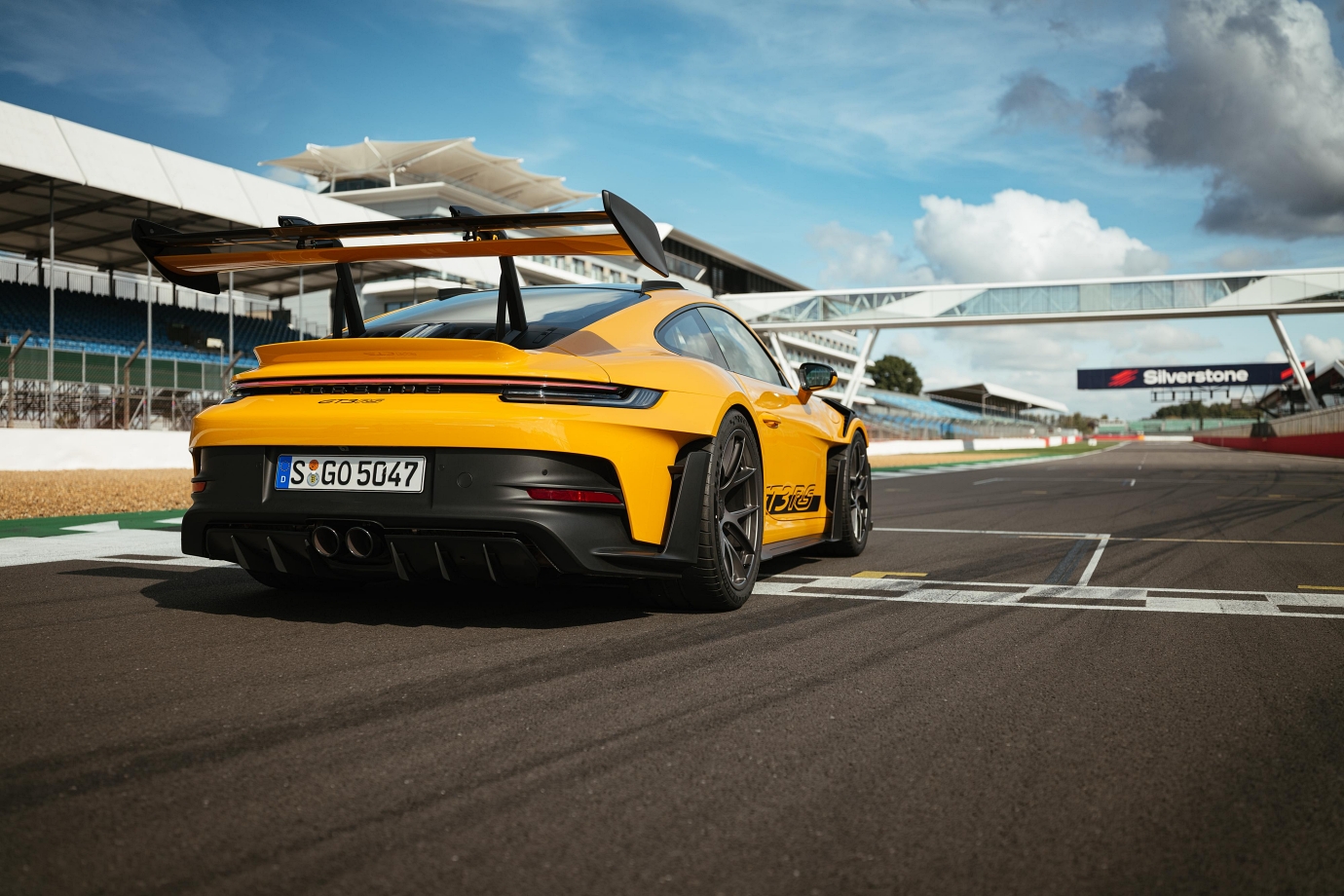
On account of the RS hitting the big five-oh, we thought Porsche would shoe-horn a nat-asp 4.2-litre flat-six (instead of the four-point-oh) into the 992.1 RS.
Don’t forget, the 4.2-litre has already seen motorsports service in the 911 RSR, as well as recently made its appearance in the 2023 GT3 R race-car… so there’s (hopefully) opportunity for this with the 992.2 RS or the rumoured 911 ST!
Despite its aggressive track-honed aero and engineering, the 992.1 RS is powered by the familiar 4.0-litre that is also found in the 992 GT3, albeit with internal work to make it stronger, punchier and more consistent at racetrack revs, as well as the necessary measures to aid engine oil cooling.
The RS’s 15hp bump in output over the 992 GT3’s 510hp is modest, but if you’re at all familiar with Porsche’s RennSport models, you’ll realise it is how the performance is deployed around a race-track, as opposed to bragging rights from straight-line drag-runs that separates the men from the boys.
Even then, the 992 RS is no slouch, as it boasts a 296km/h top speed and 3.2secs 0-100km/h sprint time.
The aggro aero and the super-wide body endow the GT3 RS with a larger-than-life road presence that is Sith Lord ominous. This is one of the purest examples of form following motorsports function, with all the design cues engineered to aid aero over aesthetics – it just so happens we find its motorsports-derived aesthetics alluring enough to tempt us to the Dark Side of the (down) Force!
Most prominent is the oversized, two-level GT Wing, which features distinctive swan-neck supports (like the 992 GT3) and hydraulically-adjustable elements that work instantly, continuously and automatically with the electronically-actuated front active aero.
Thanks to these Porsche Active Aerodynamics (or PAA for short) features (which make their debut in the latest RS), the 992.1 RS develops a maximum downforce of 860kg at 285km/h (and 409kg at 200km/h, or in other words, what the 991.2 RS develops at 285km/h).
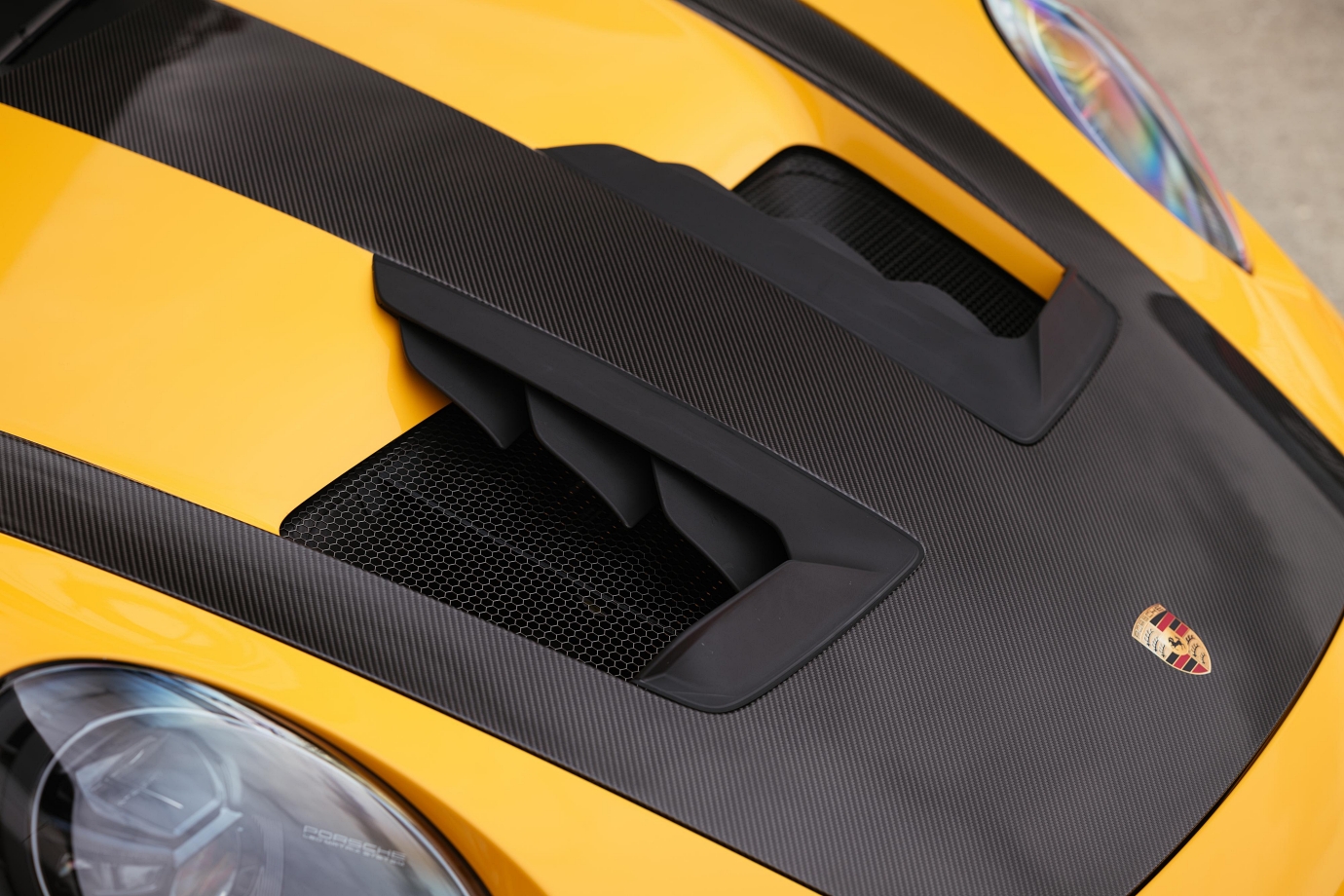
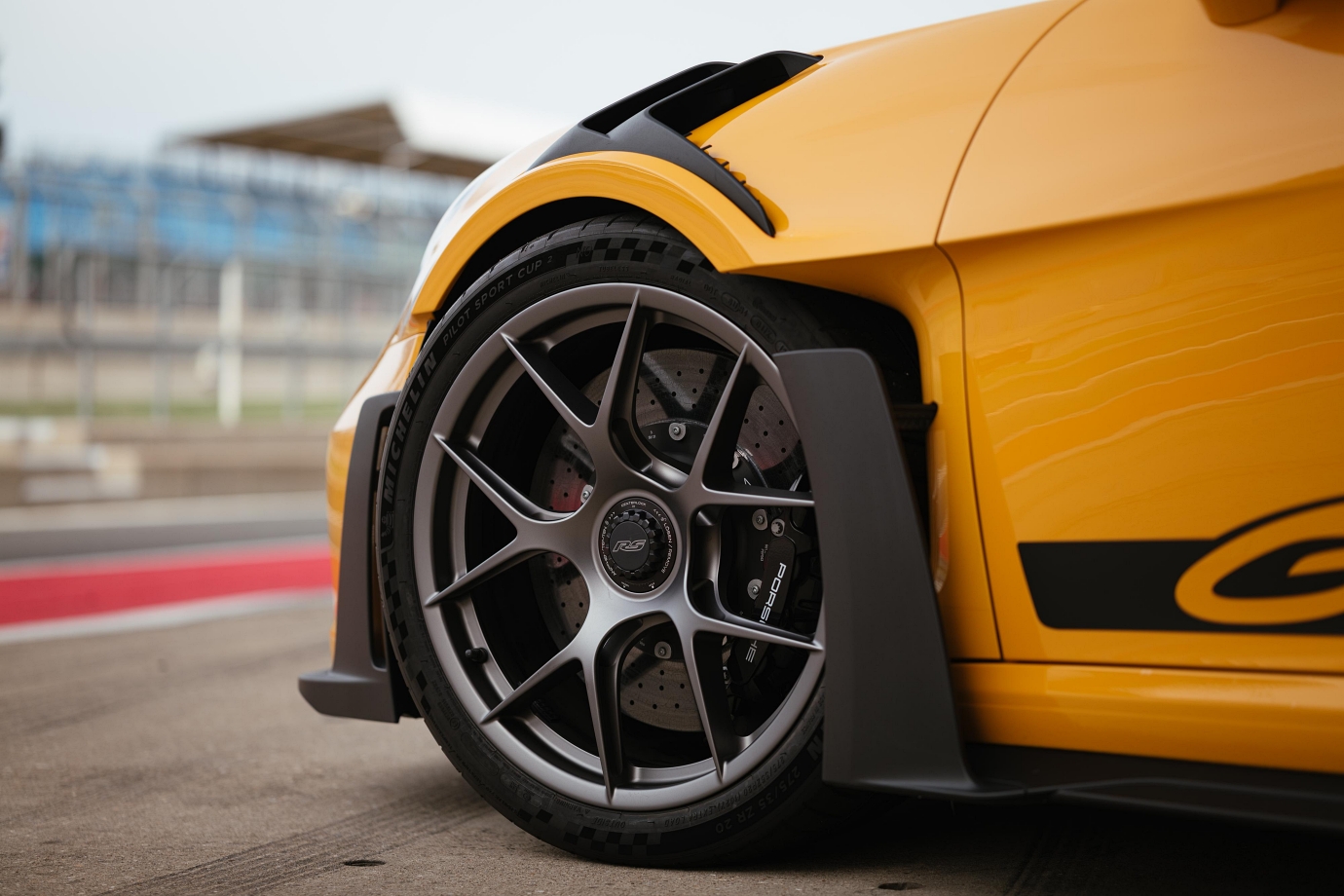
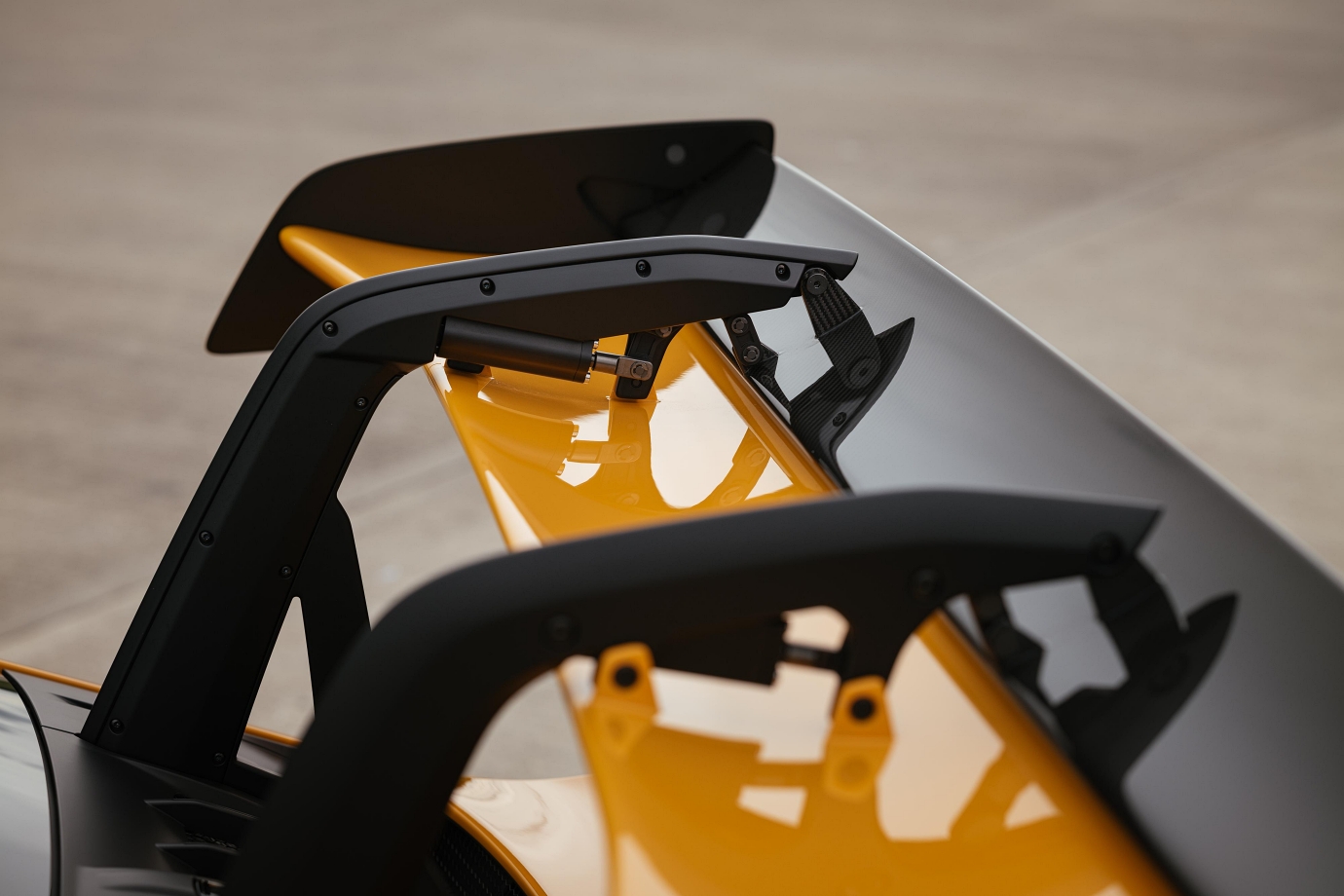
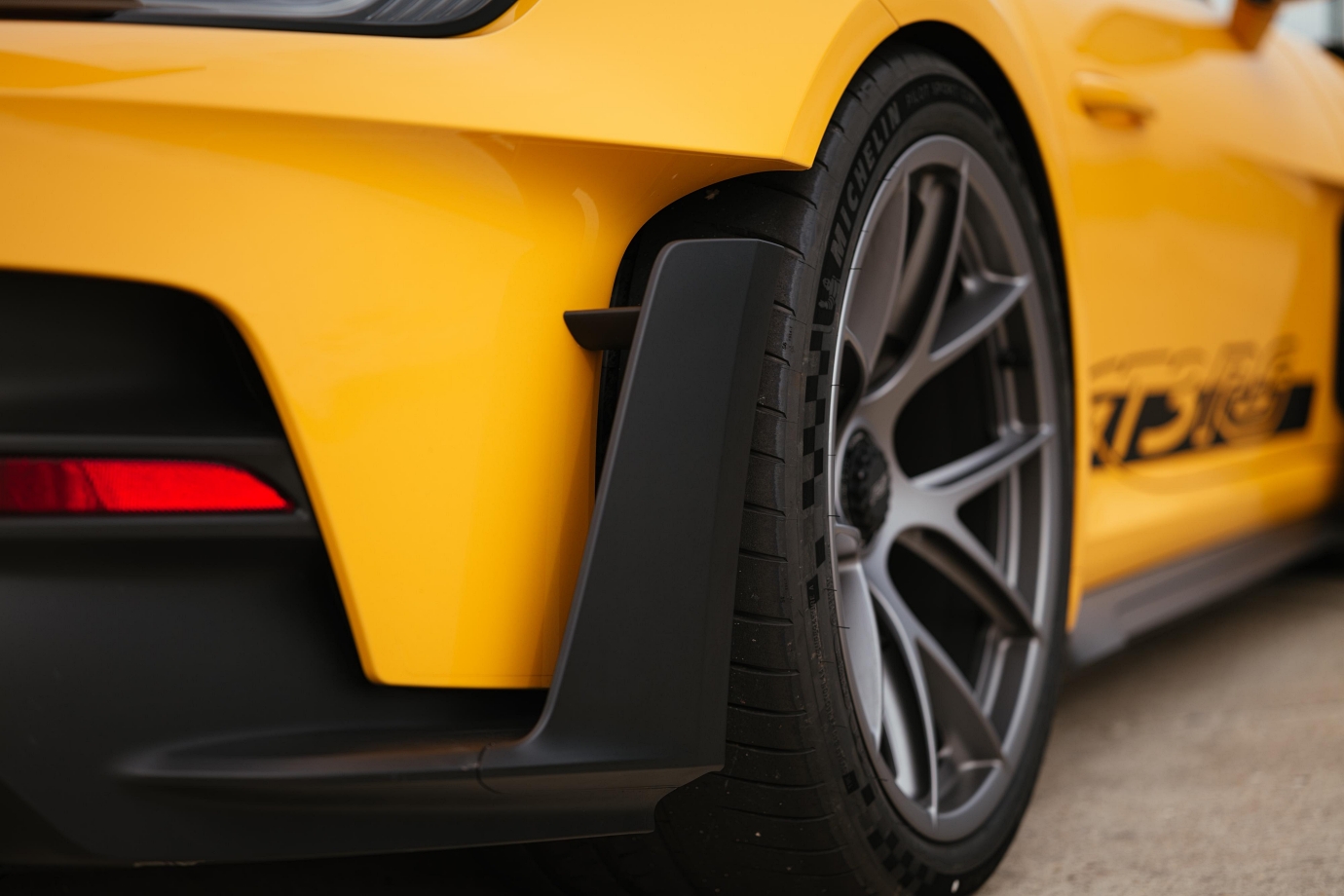
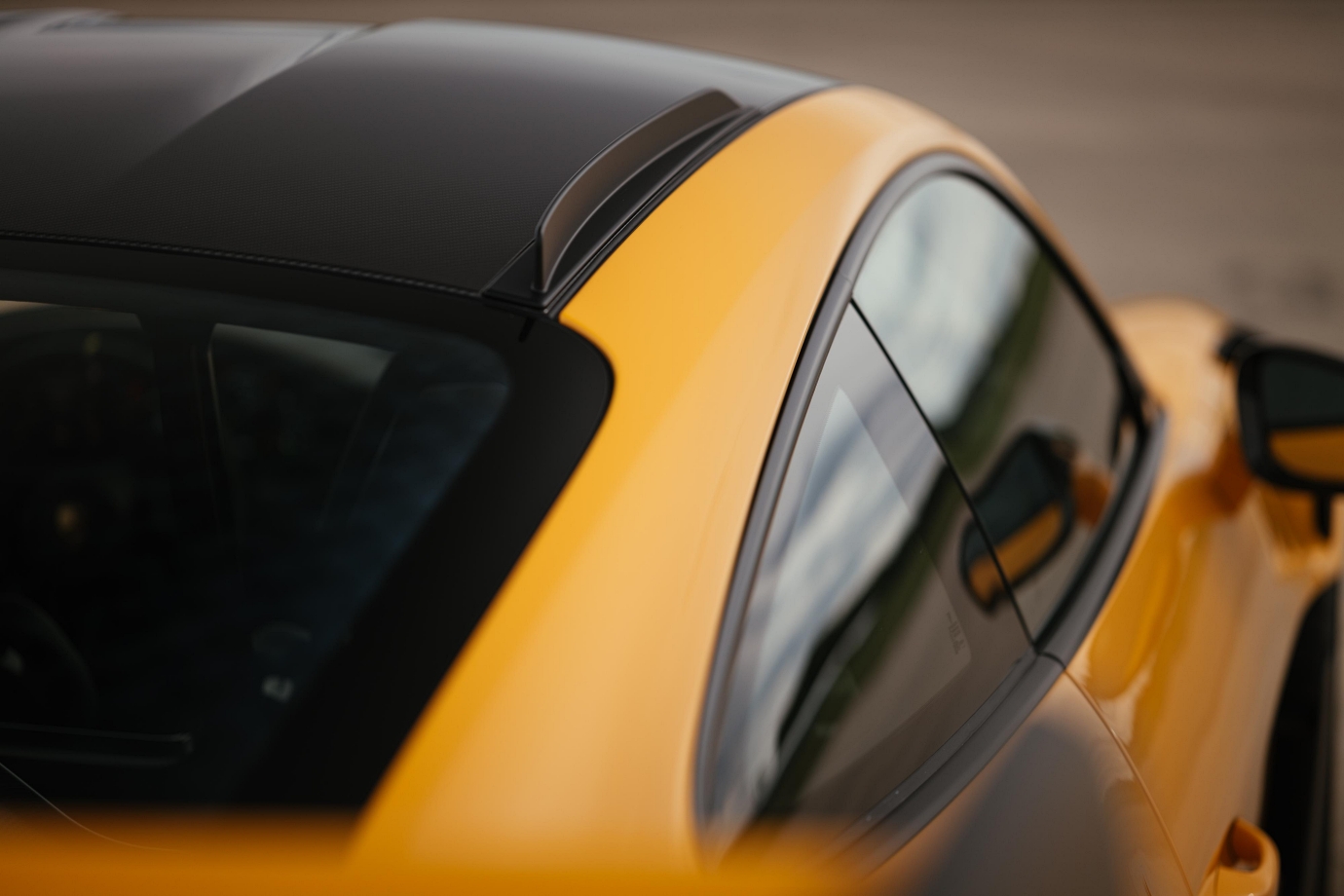
To put the new PAA elements in perspective, the 991.2 RS develops a maximum of 405kg at 285km/h and 200kg at 200km/h (and from what we recall, 300+kg for the 992 GT3).
PAA isn’t just there to be a ‘drag’ (pun intended!), because the 992 RS integrates a DRS (Drag Reduction System) for the first time in a road-car.
There’s a dedicated ‘DRS’ button on the steering wheel for manual engagement and pressing it adjusts the rear wing ‘flat’ for maximum acceleration on the straights.
However, DRS will also automatically actuate from maximum downforce position at speeds above 100km/h and with a throttle opening above 95 per cent – perfect for the straights!
A lot of the PAA elements is possible because Porsche has adopted the motorsports-proven centre-mount single radiator (instead of three in regular 911s) up front, which frees up space to accommodate the active aero elements – however, this means there’s no longer any frunk storage.
The front wings, rear wing, roof, front hood lid, rear engine lid and the doors (for the first-time ever) are all made of CFRP, but you’ll only see the gorgeous carbonfibre weave if you spring for the top-shelf Weissach Package – our test-car even featured the satin-finish carbonfibre roll-cage.
Coupled to the magnesium wheels, this is the lightest possible configuration for the 992 RS, which sees its kerbweight tip the scales at 1450kg.
Cars with huge downforce require a different driving style, especially since this latest 992 iteration of the RS really blurs the lines between road and race-track. This sounds like a commonly-used trope, but it happens to be true in the case of the GT3 RS.
Unlike the GT3, the GT3 RS has always been about crushing lap times, which means uncompromising lightweight performance from the get-go, with every evolution of the RS a huge leap forward in terms of track domination.
However, this also means that the GT3 RS needs a fast, flowing circuit like Silverstone (or Sepang) to thrive and bloom, as it will prove most rewarding when driven at 100 per cent in a controlled environment.
Those in search of a compact, nimble and balanced all-rounder for use on winding roads and the circuit might find themselves better served by the engaging 718 Cayman GT4 RS.
However, as we all know, for many Porschephiles, there’s simply no substitute for the cult appeal of the 911 GT3 RS and the 992 RS looks set to become one of those ‘It’ cars any serious enthusiast needs to have in his/her garage!
If you recall, the first big evolution to the GT3 RS range was the shift to PDK-only with the type 991 onwards and the 992 now sees a greater emphasis on aerodynamics and downforce, a huge leap from what we were familiar with up to the 997 RSes.
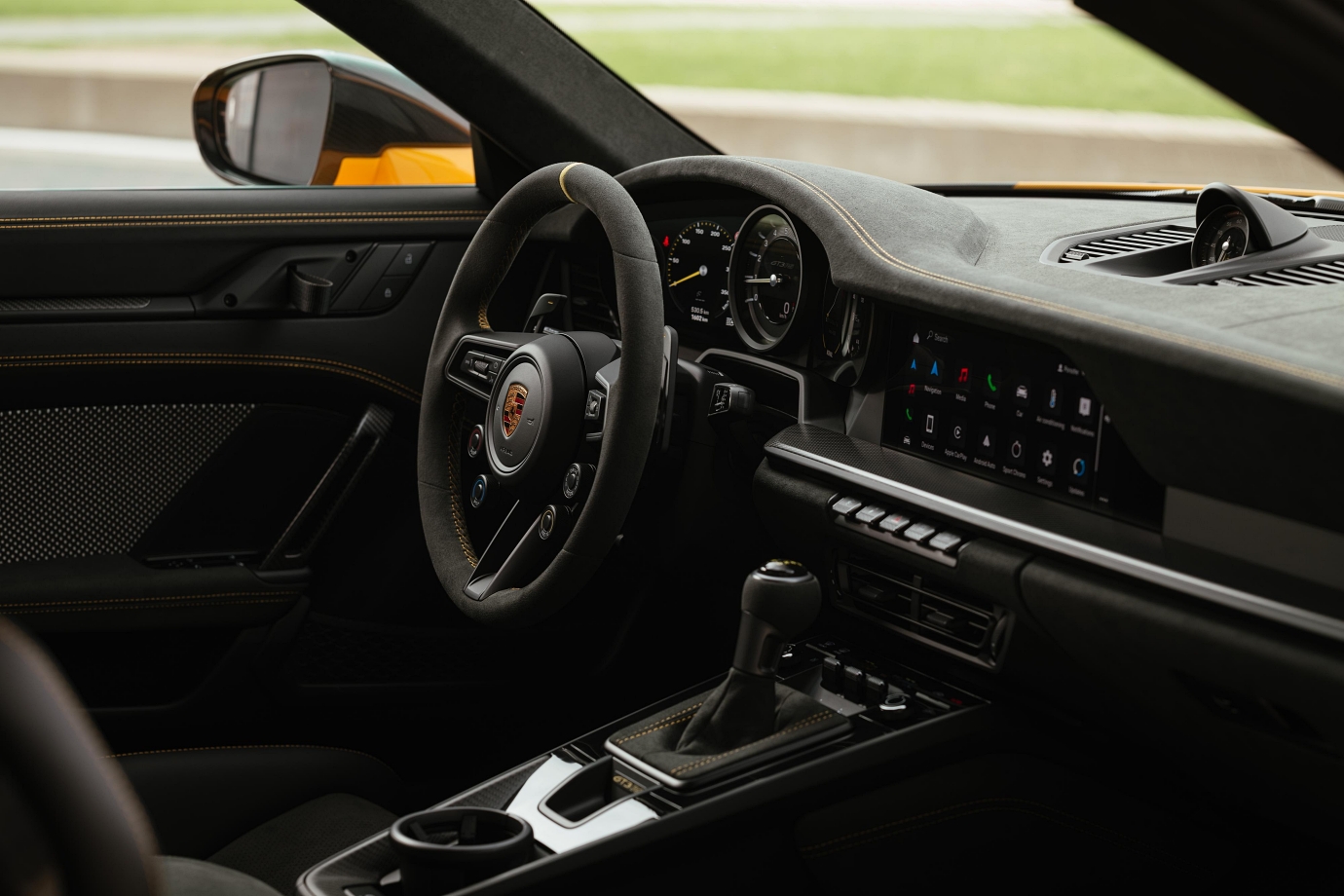
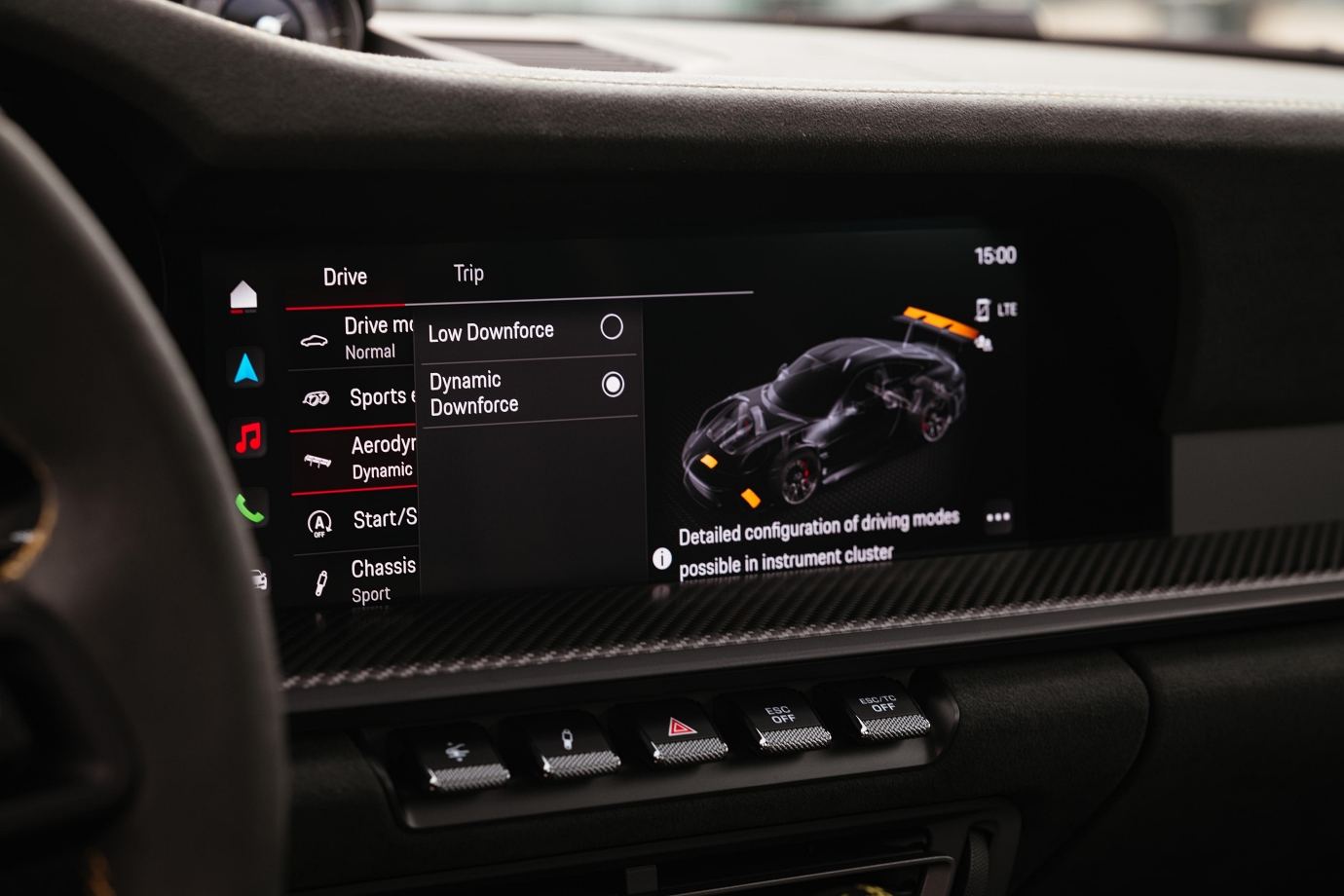
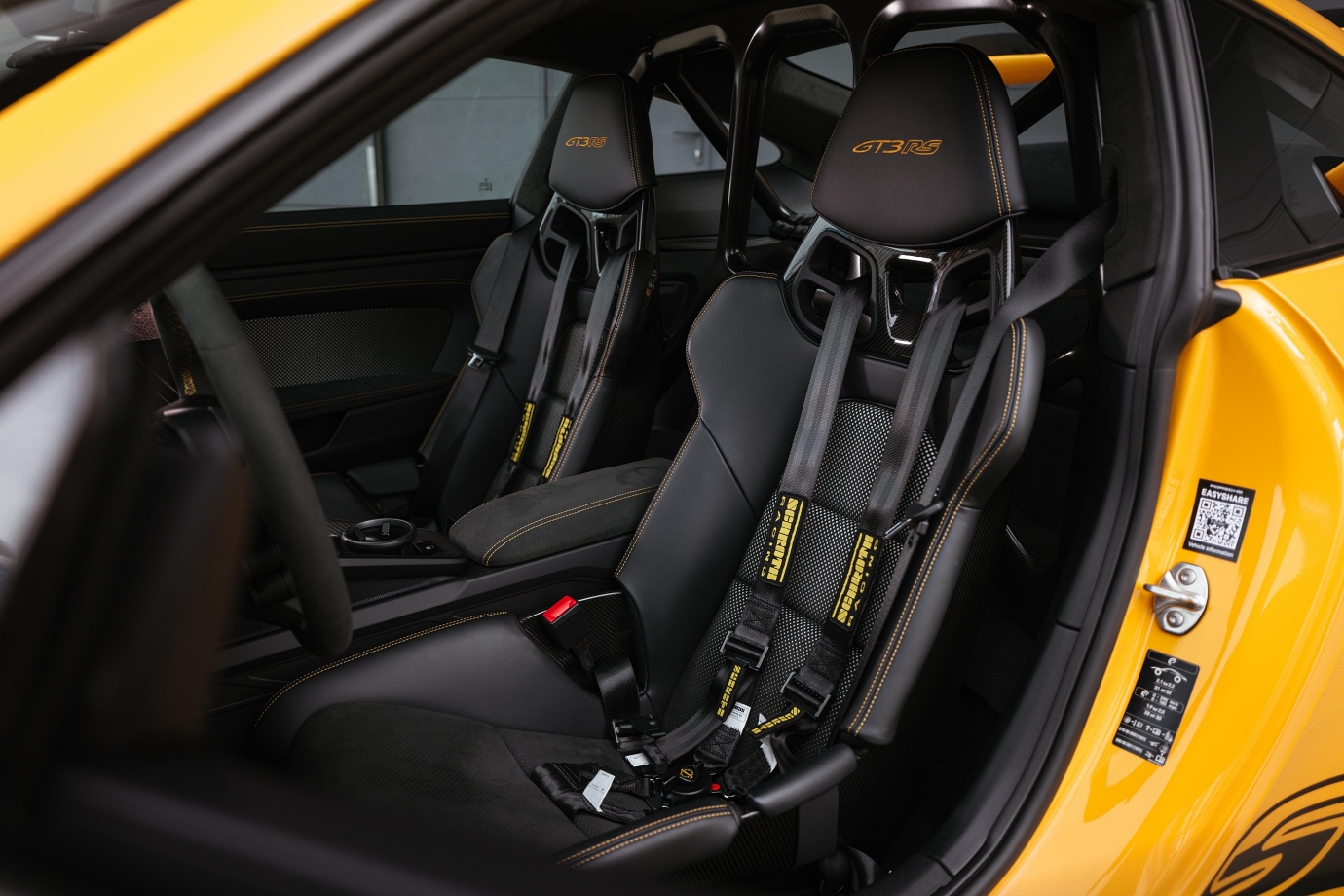
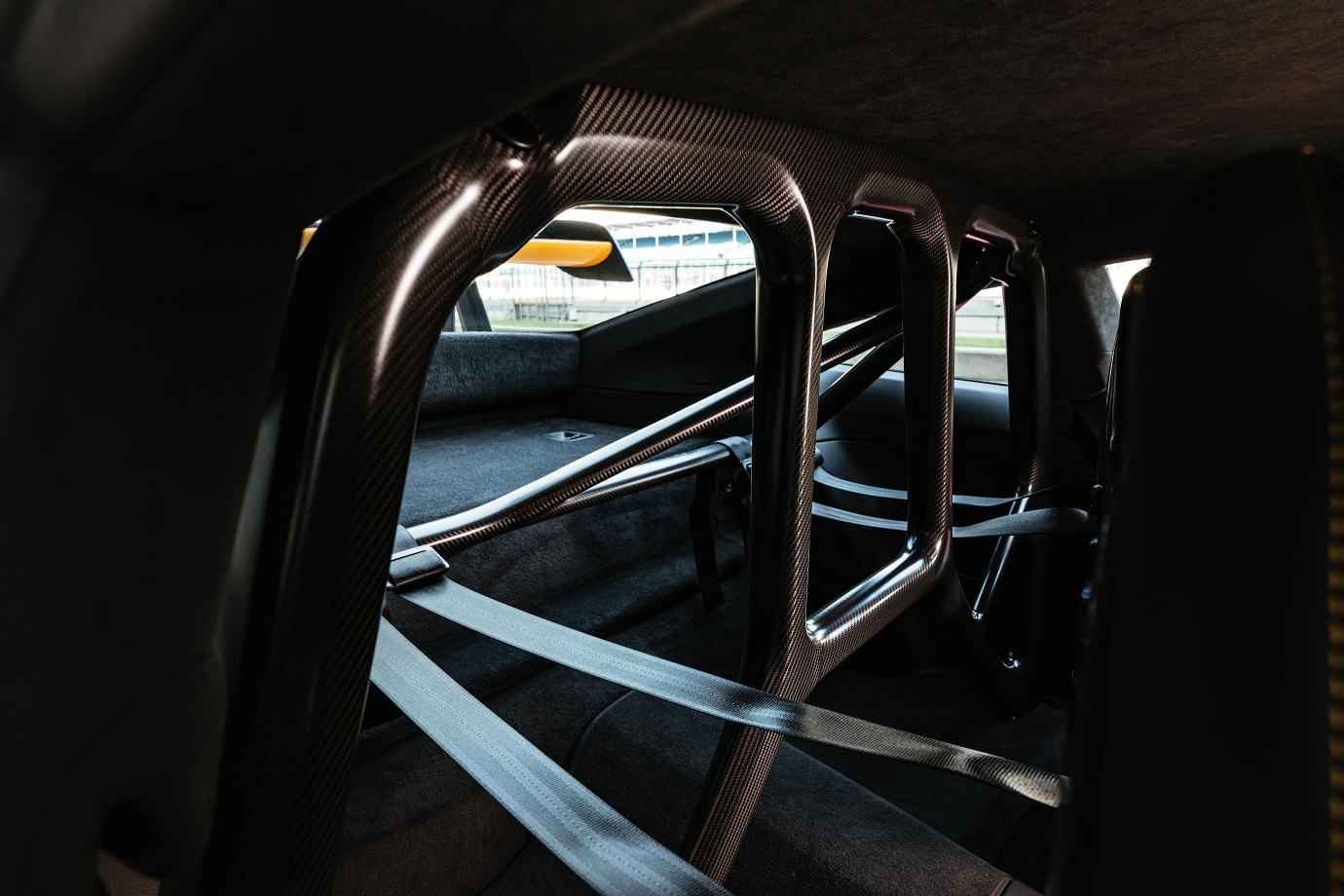
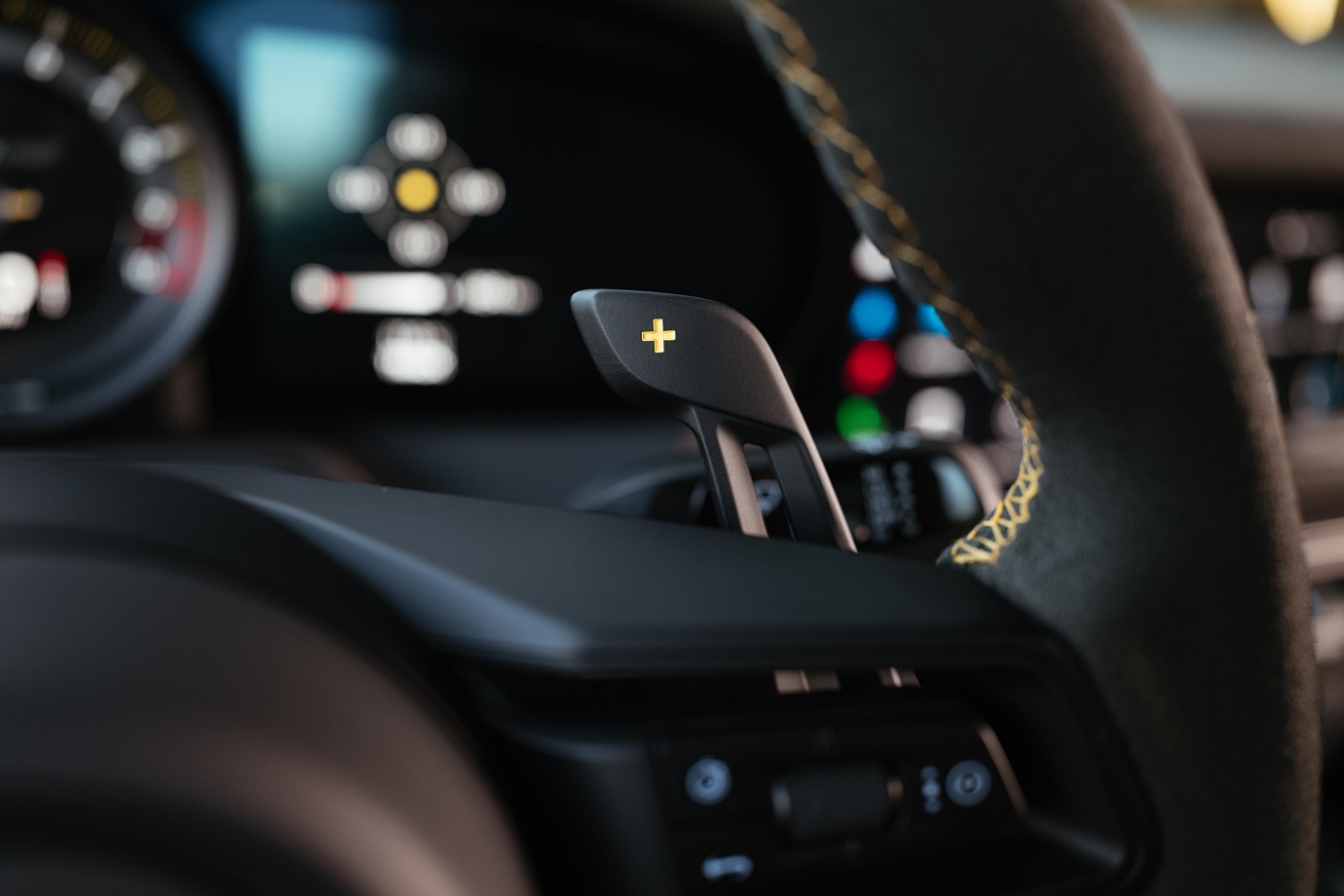
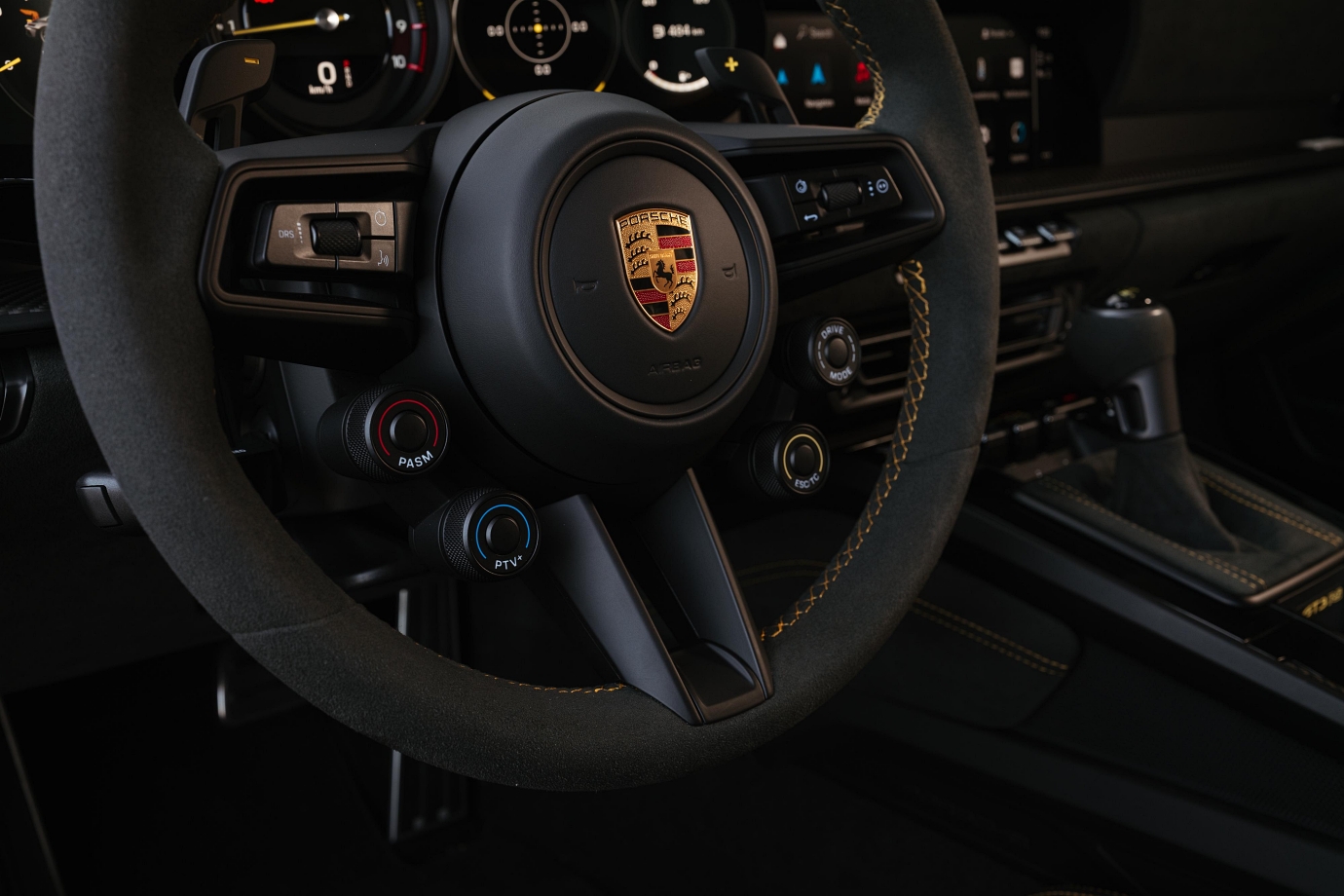
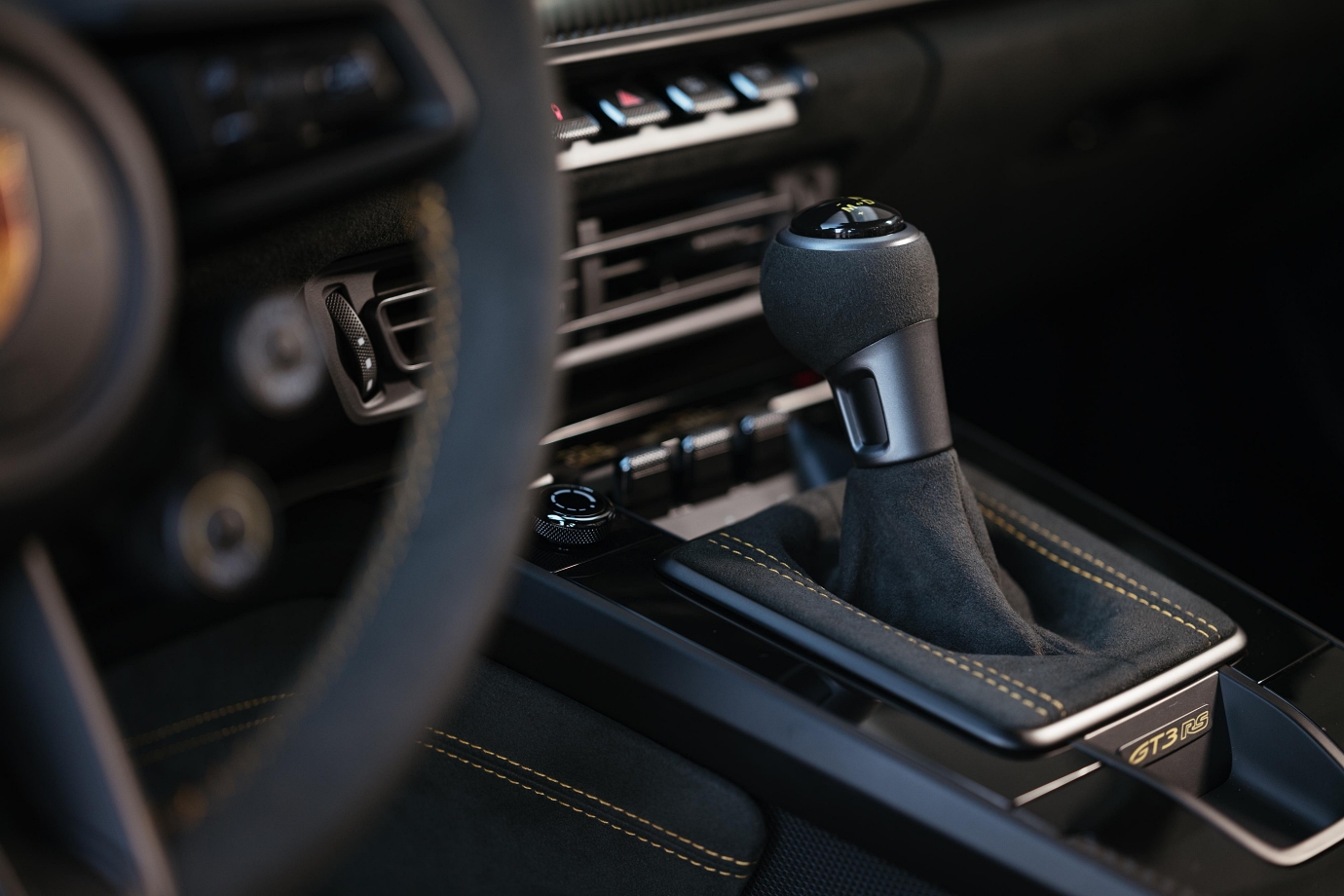
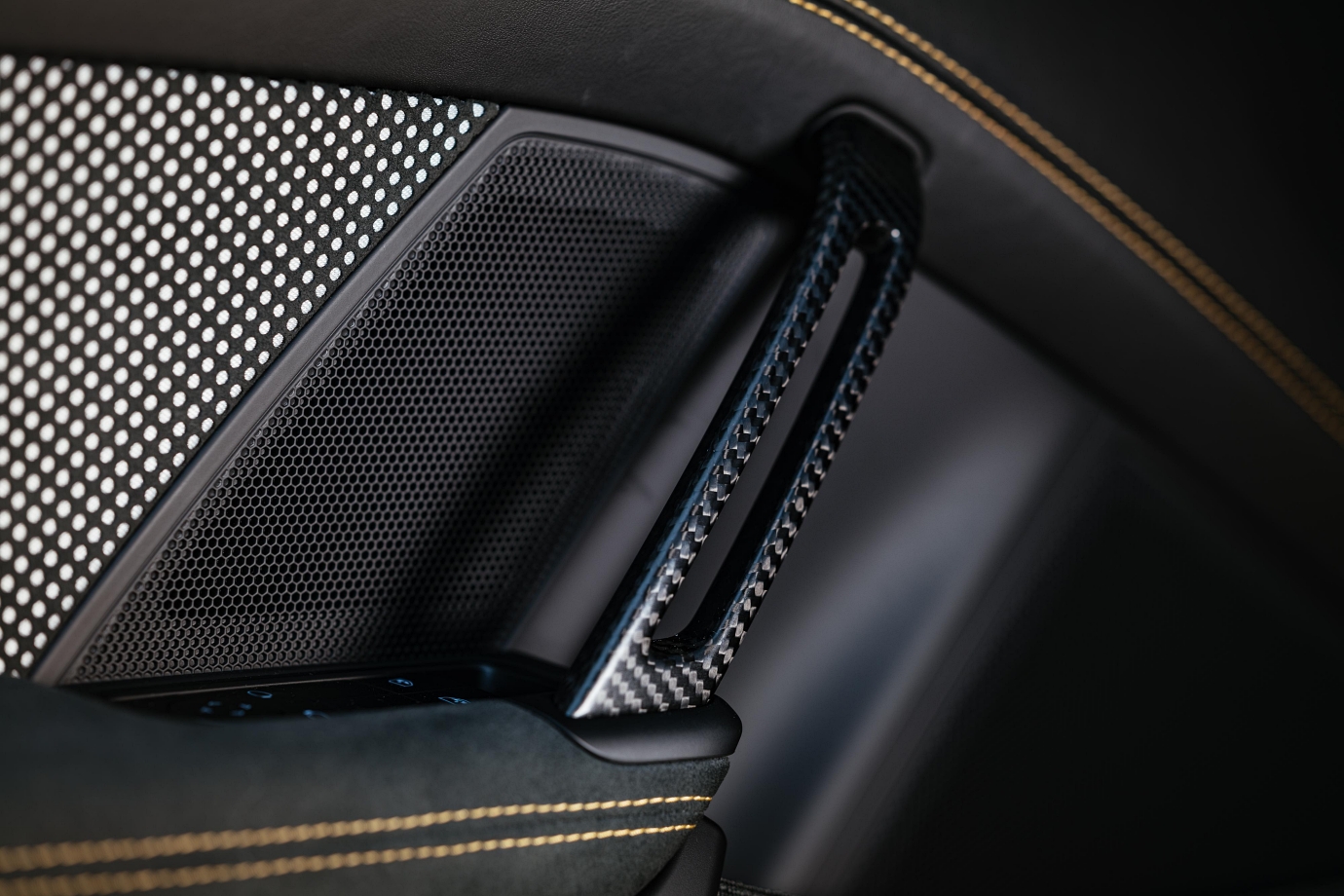
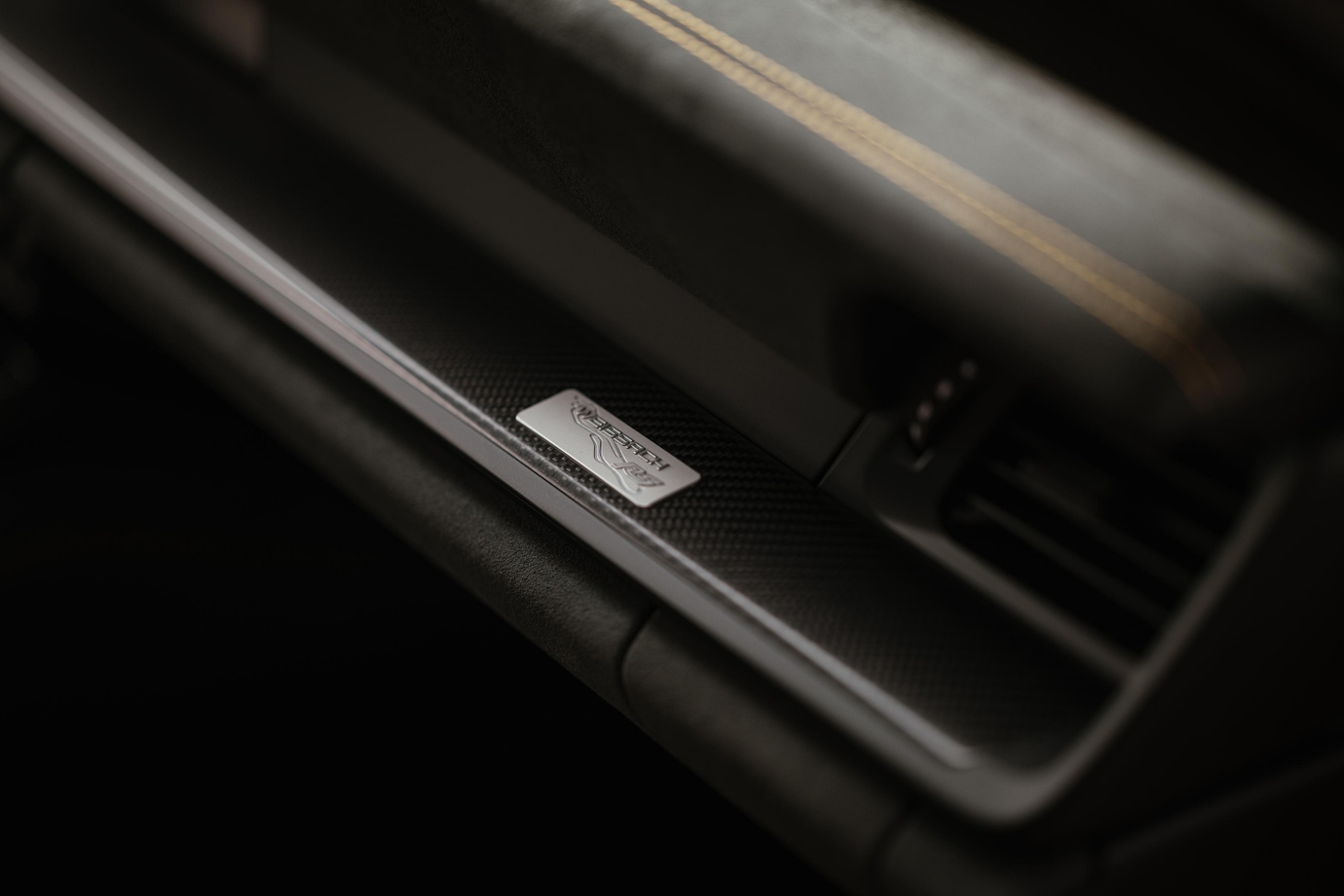
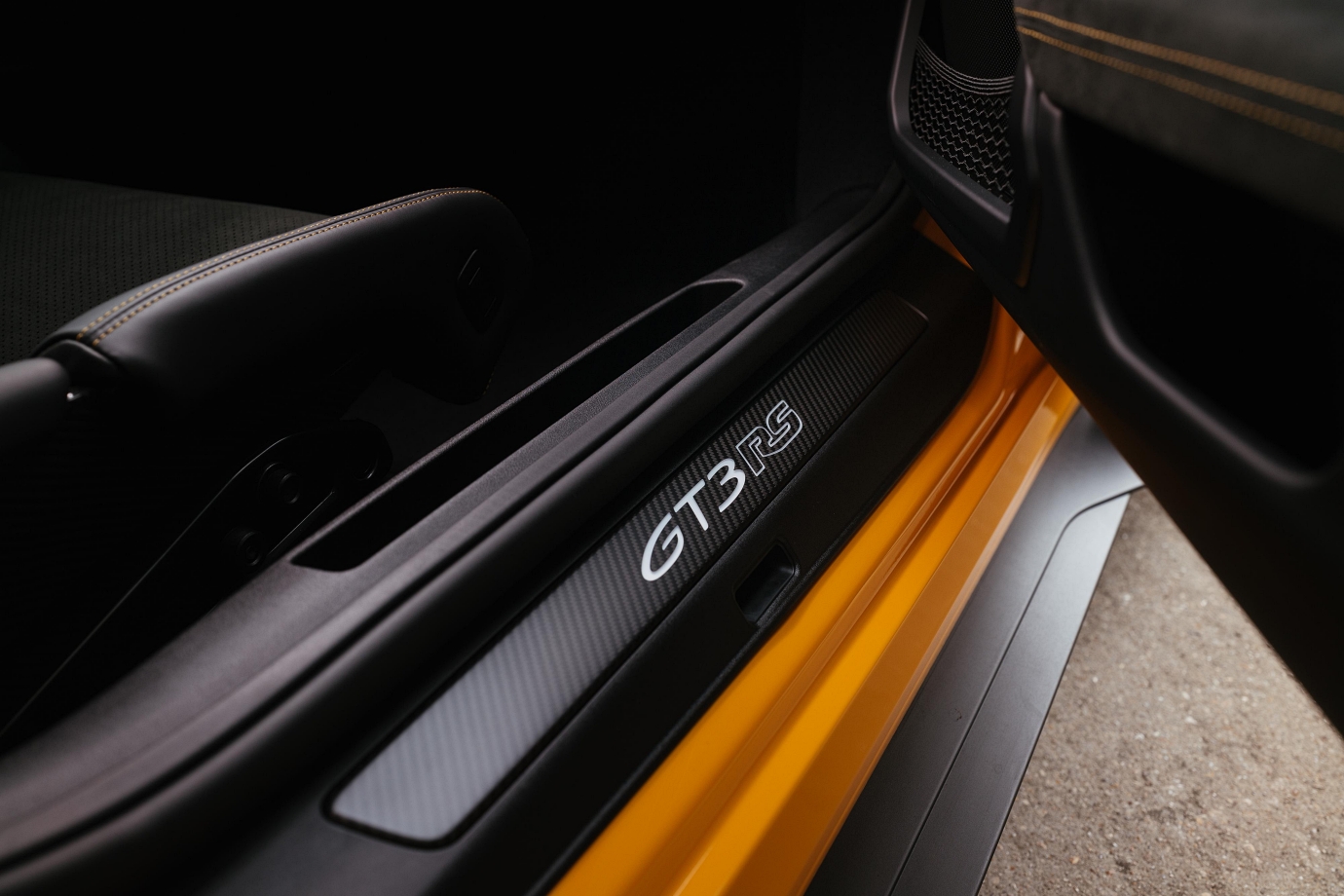
Despite its track–focused exterior, the 992 RS’s cabin isn’t as uncompromising as you might imagine, with enough Alcantara to posh things up (even though it has a functional purpose of cutting reflection). The important dynamic settings can now be toggled on-the-fly in Track mode through the array of rotary dials mounted on the steering wheel.
This includes adjusting front and rear damping/compression for the PASM suspension, the multi-stage ESC/Traction Control, the Porsche Torque Vectoring Plus (PTV+) rear differential and of course, switching between the various driving modes of Normal, Sport and Track.
The out-lap showed we really needed to ‘step-up’ as far as driving the 992 RS fast was concerned, because of how strong it is in the ways of the (down) Force. There’s only one way to drive the 992 RS and that’s flat-out, because pussyfooting around makes it feel unwieldy and cumbersome.
It is only when you submit to its seductive promises and begin braking harder, later and far deeper into the corners that you can really embrace the Dark Side to its personality, because this is proper track-car madness, which also leads us to wonder if it is too much car for the road.
The RS’s 7spd PDK boasts shorter gear ratios compared to the 992 GT3 and allows the RS to deliver explosive in-gear acceleration, especially on the straights with ‘DRS’ engaged.
However, it is the cornering composure that boggles the mind, because of how Porsche has exploited the science of speed to use and abuse the laws of physics. The RS delivers immense cornering grip and our jaws dropped when we found out it was even more planted the faster we went.
Early GT3 RSes were already more than track-capable, with the 991s winding things up several notches, but the 992 really channels its motorsports sibling, the GT3 R with its blend of motorsports mayhem.
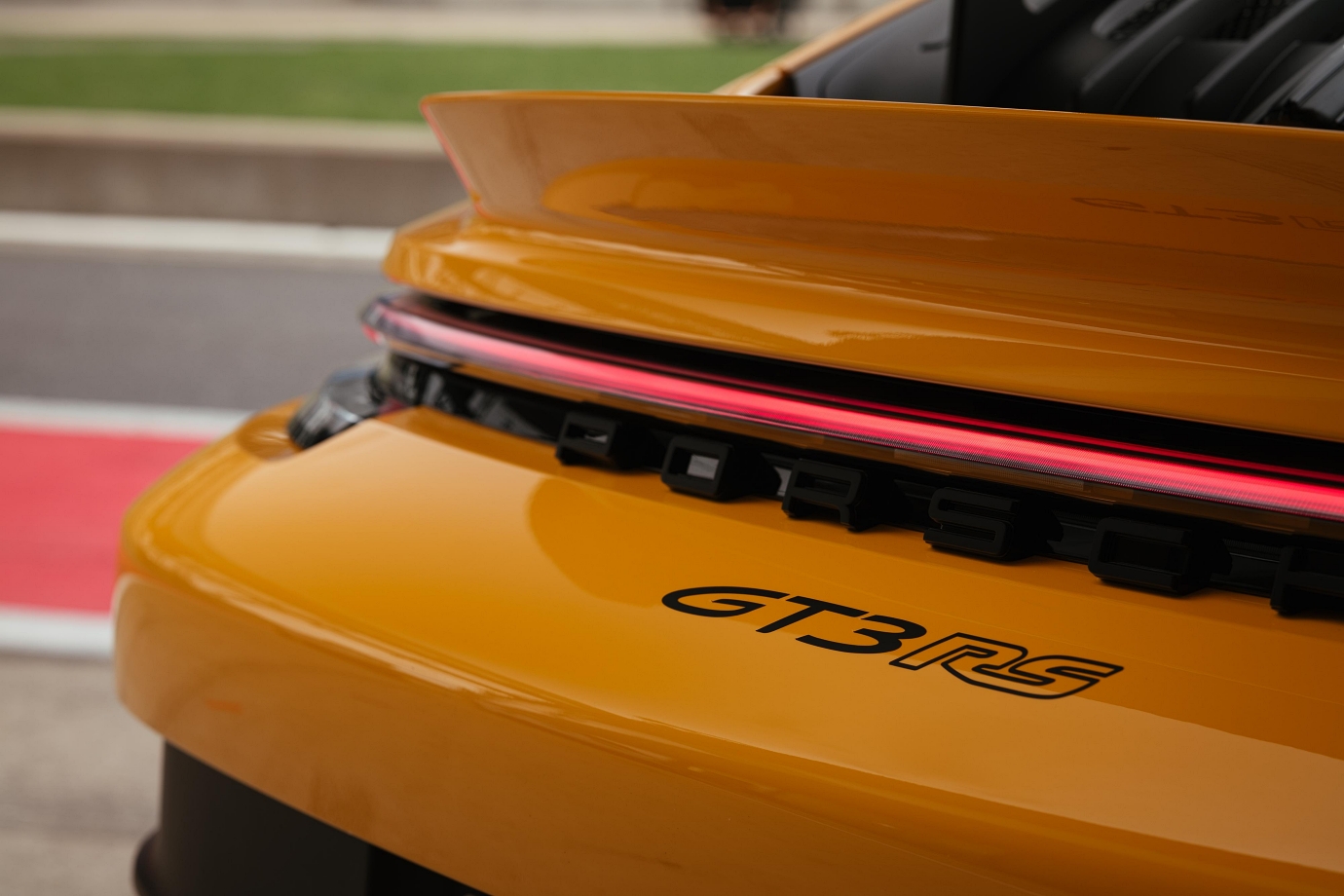
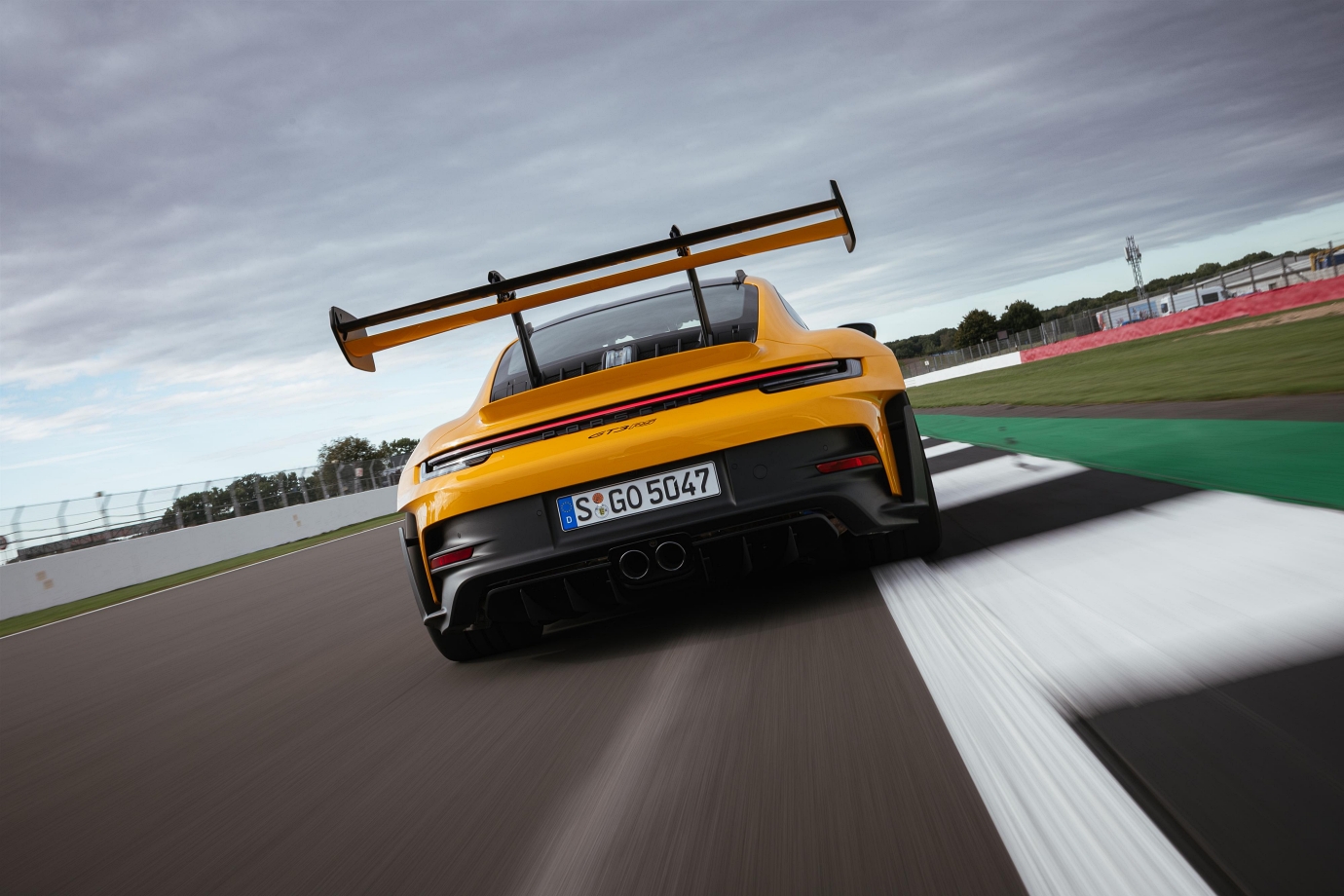
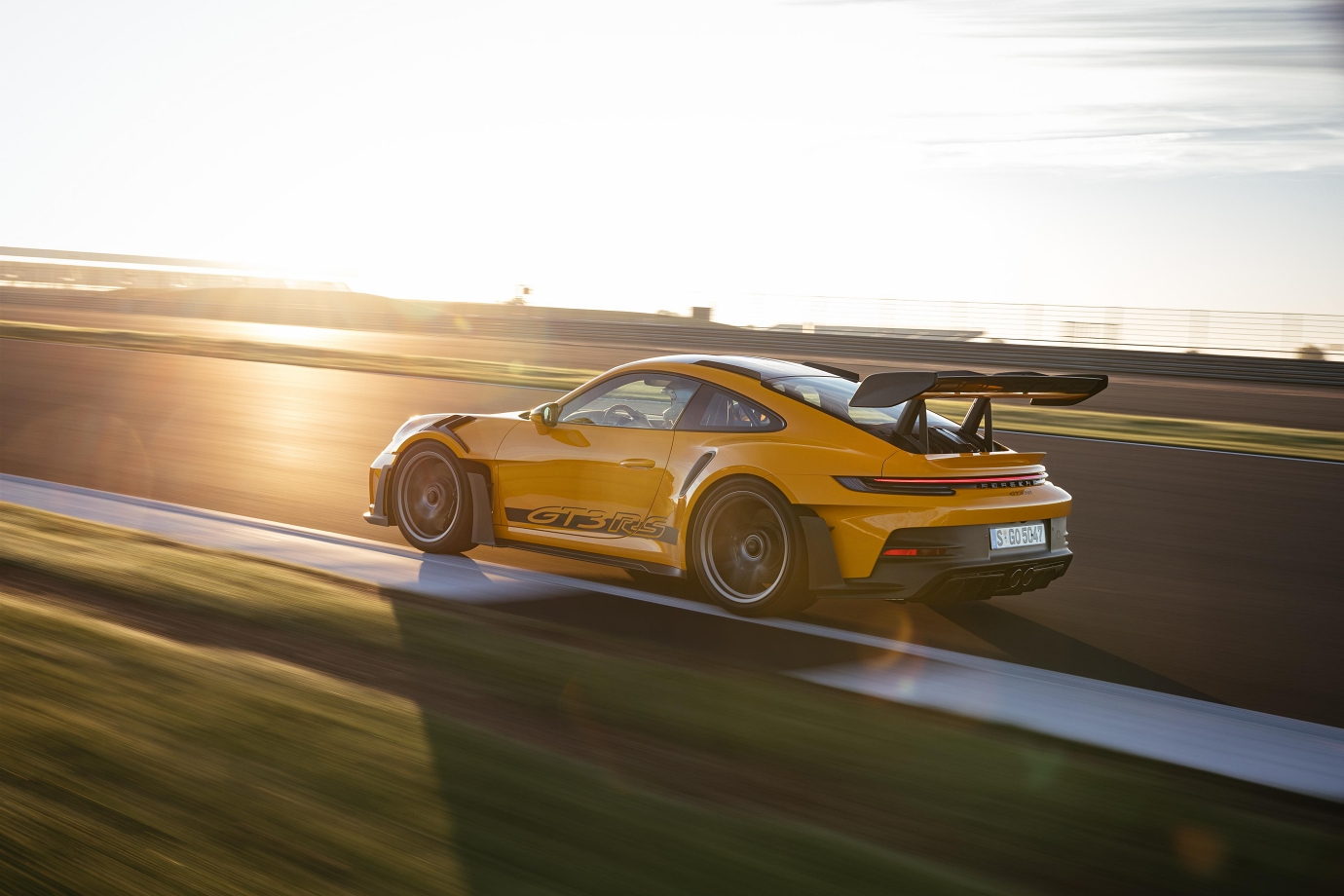
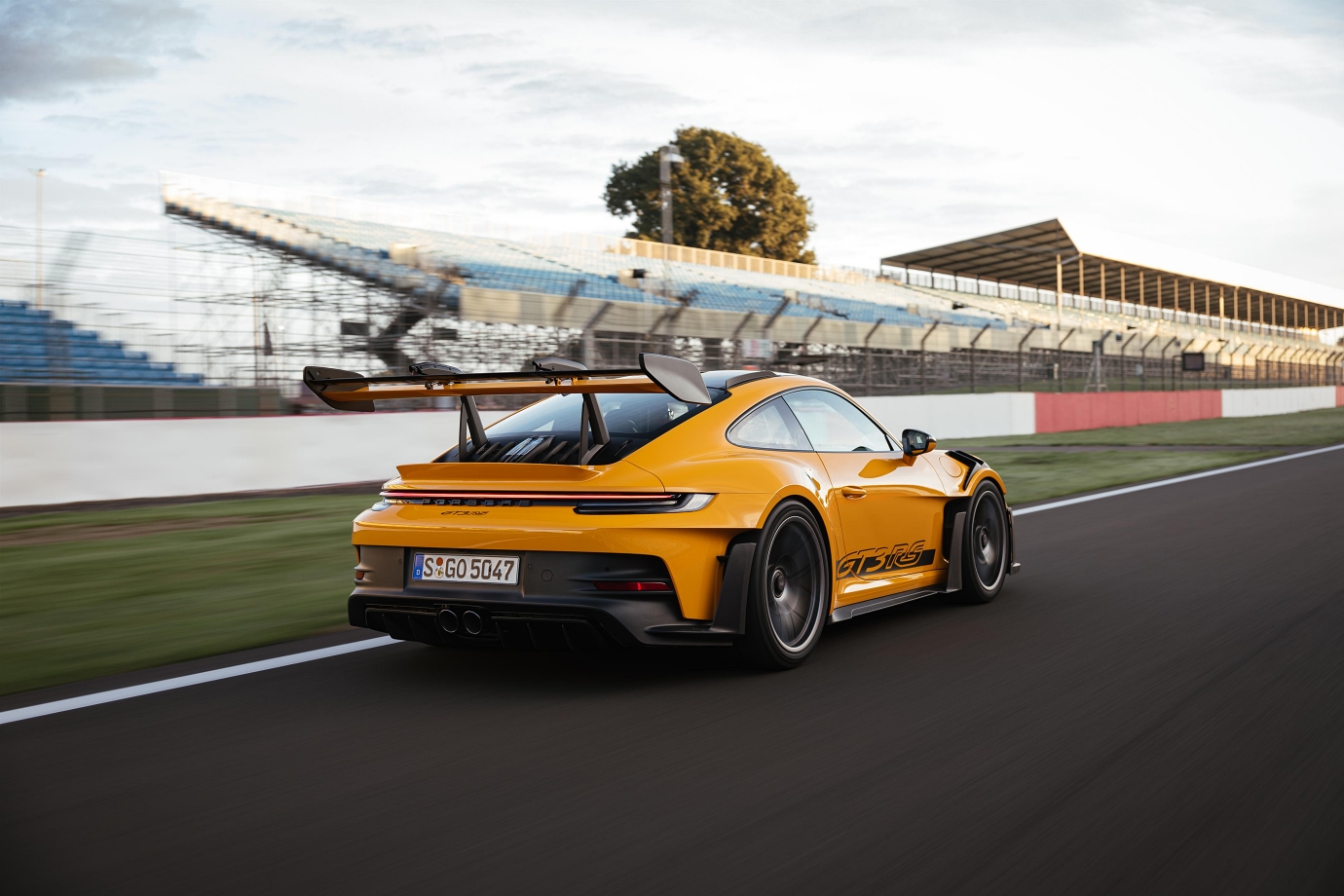
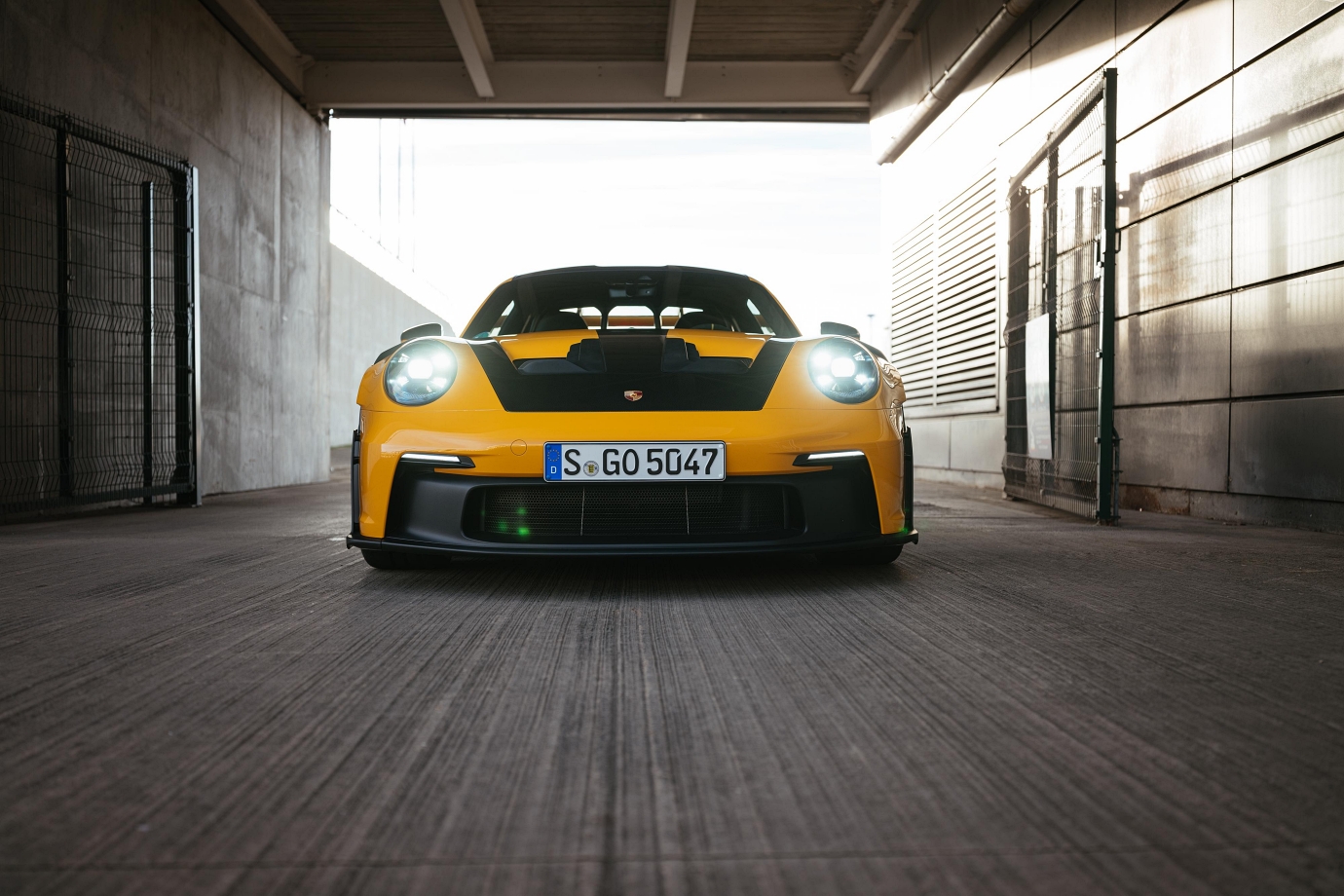
True to Porsche form, the car works with you and inspires ample confidence due to how much you feel.
However, you always recognise the steep learning curve associated with really exploiting the RS in a manner befitting its race-ready credentials and this gap in one’s talent versus what the RS is capable of can best be appreciated after you’ve ridden shotgun with the legendary Jörg Bergmeister.
The RS responds sublimely to a committed hand at its helm, with steering and brake controls that are perfectly weighted for maximum track attack.
The Weissach Package even features magnesium shift paddles with a magnetic haptic element for an additional evocative feel during up/down-shifts, thanks to the higher operating force and acoustic feedback.
Porsche has most assuredly redefined the segment and moved the goalposts so far they're practically in a whole different arena.
Once you’re up to speed, the soundtrack is operatic, the pace is gratifyingly frenetic, the gs stupefying and the feelsome thrills, gloriously addictive, as the 992 RS effortlessly encroaches on motorsports territory and is now properly differentiated from the GT3.
Best of all, this is reality and doesn’t take place in a galaxy far, far away.
Porsche 911 GT3 RS (992.1)
Engine 3996cc, flat6, nat-asp
Power/rpm 525hp/8500rpm
Torque/rpm 465Nm/6300rpm
Transmission 7spd PDK dual-clutch
0-100km/h 3.2secs
Top Speed 296km/h
Kerbweight 1450kg (lightest configuration)
Fuel Consumption 12.7l/100km
CO2 305g/km
